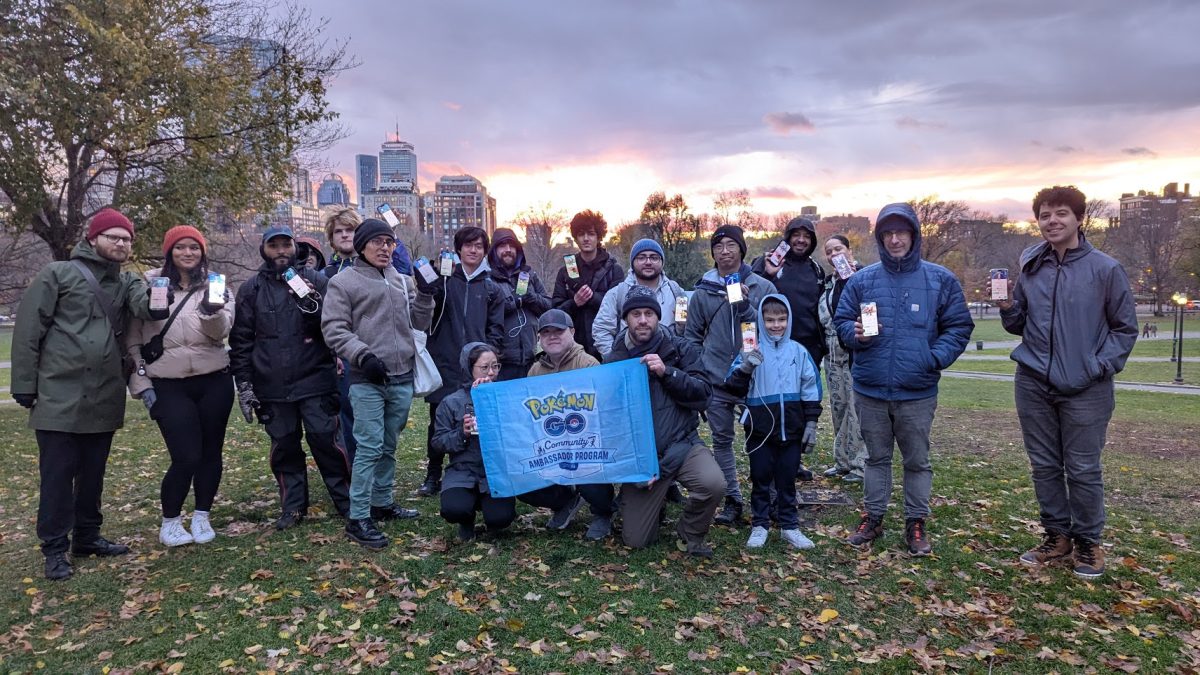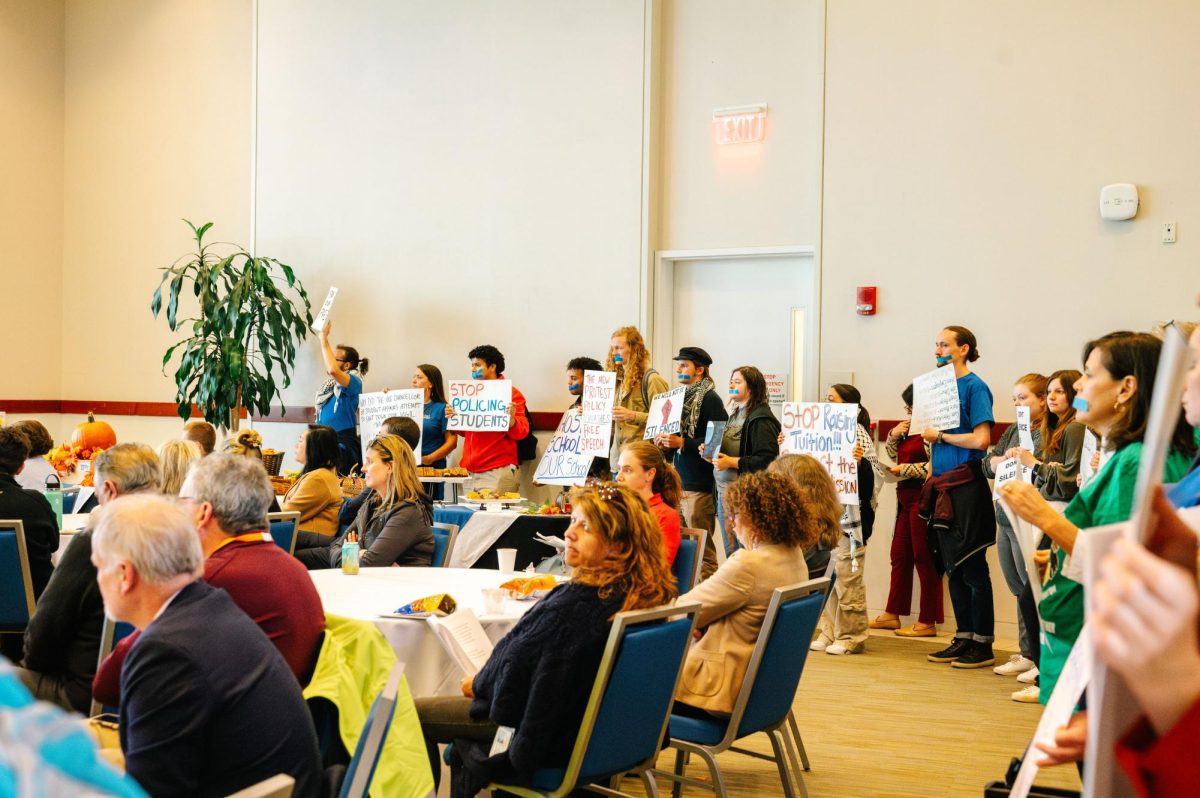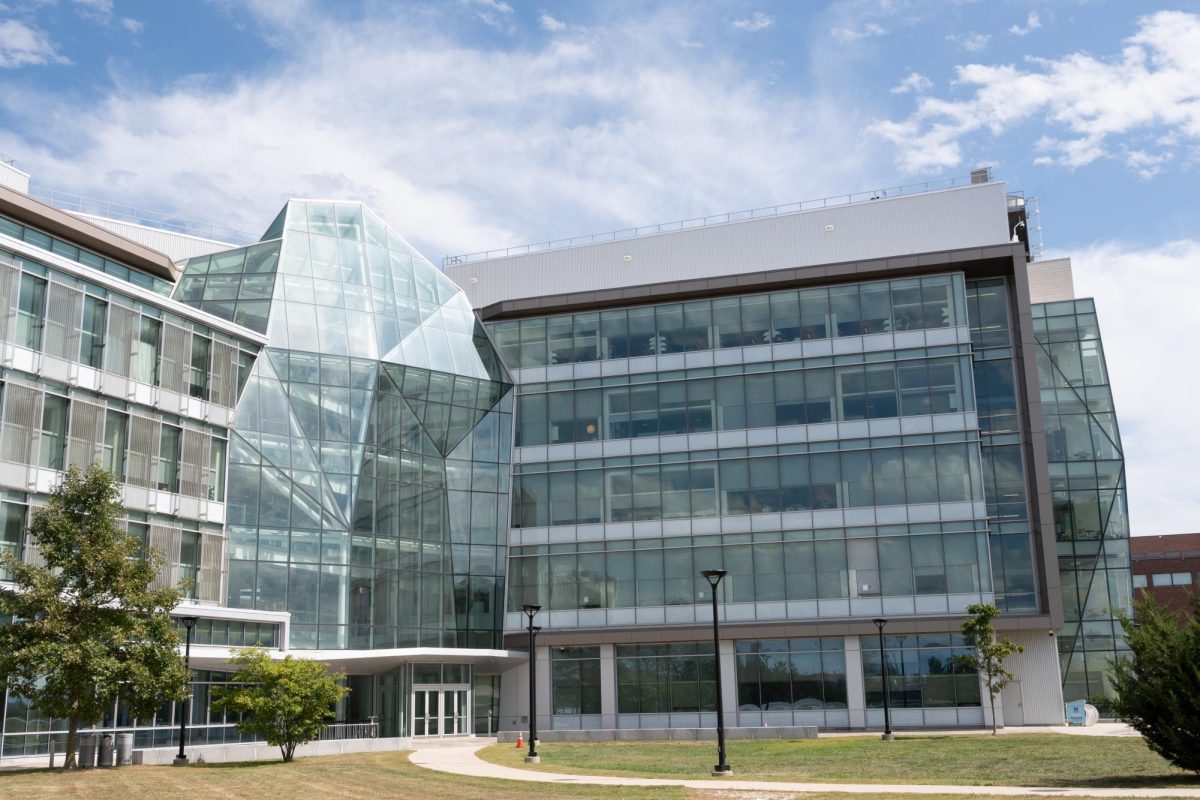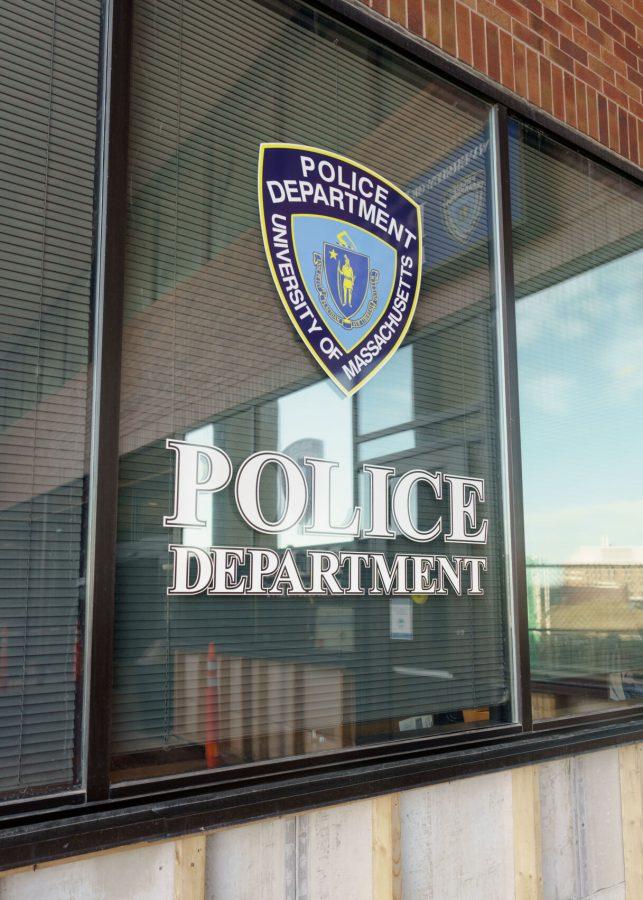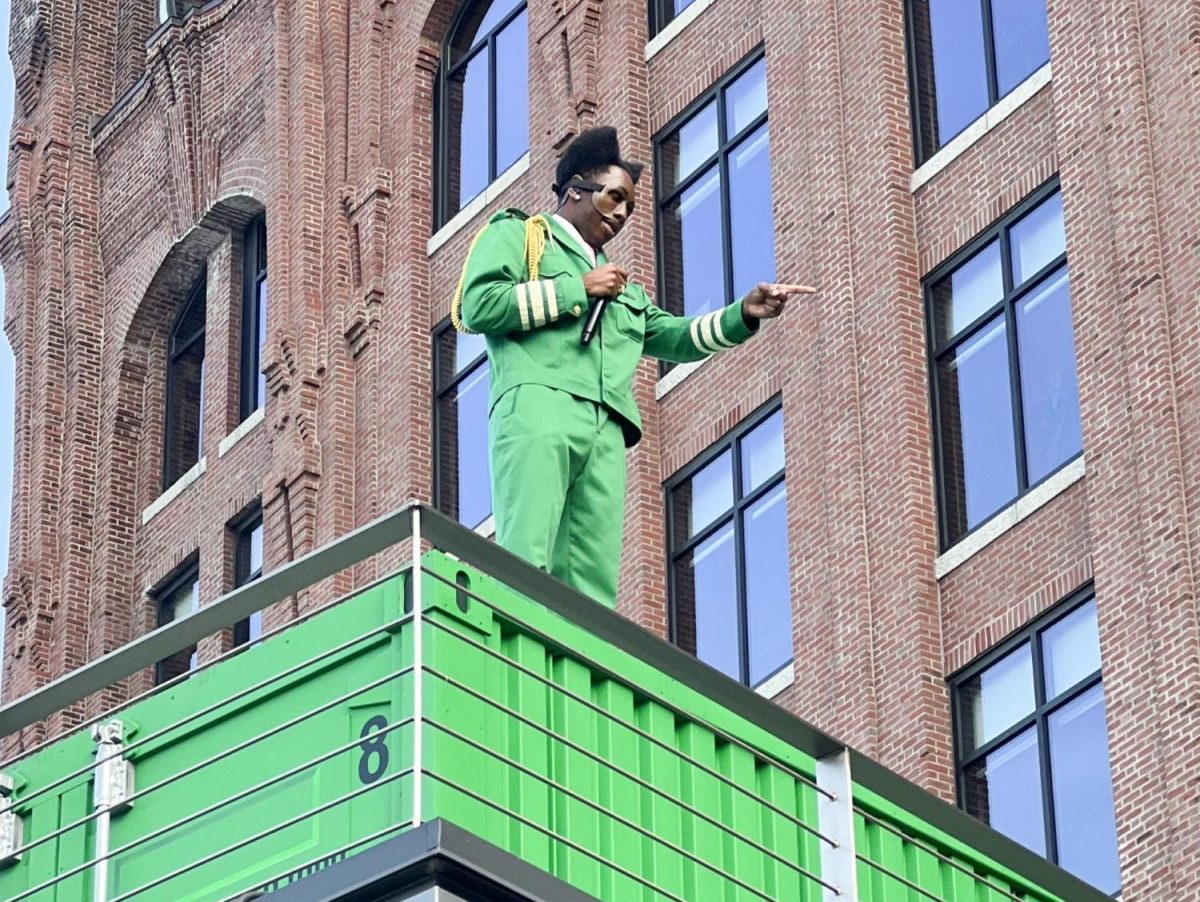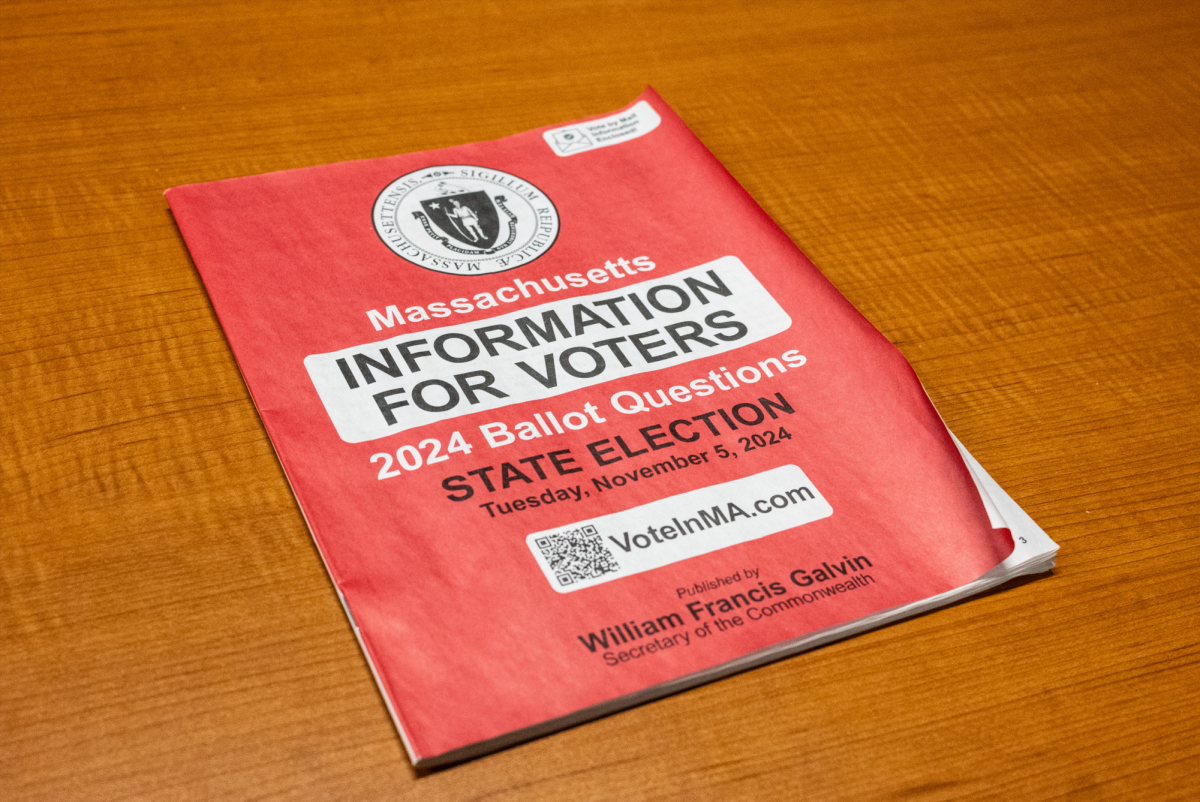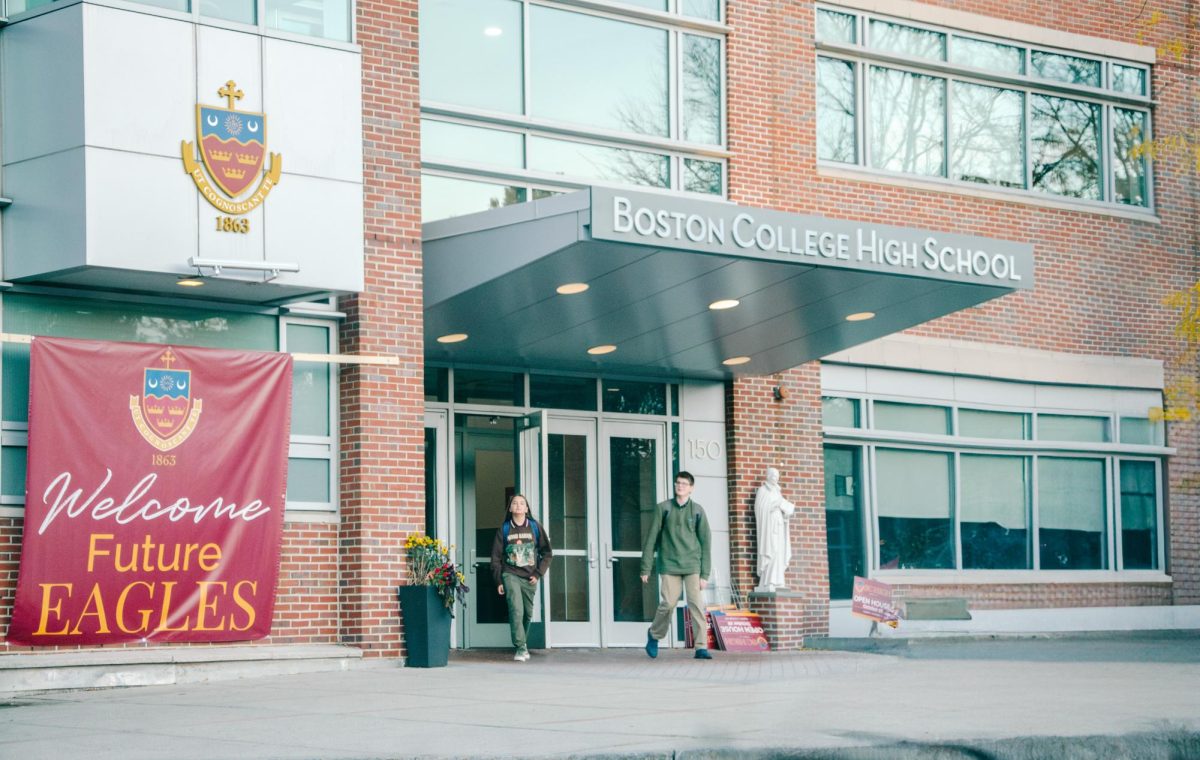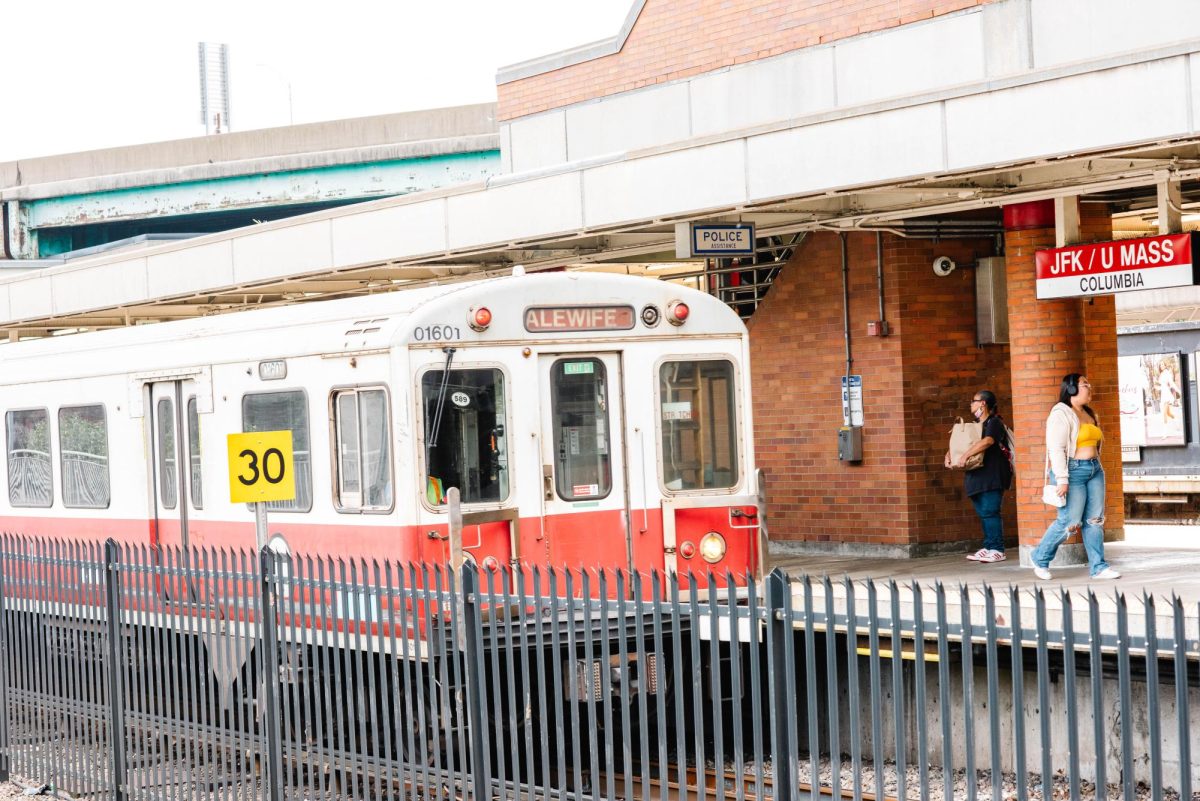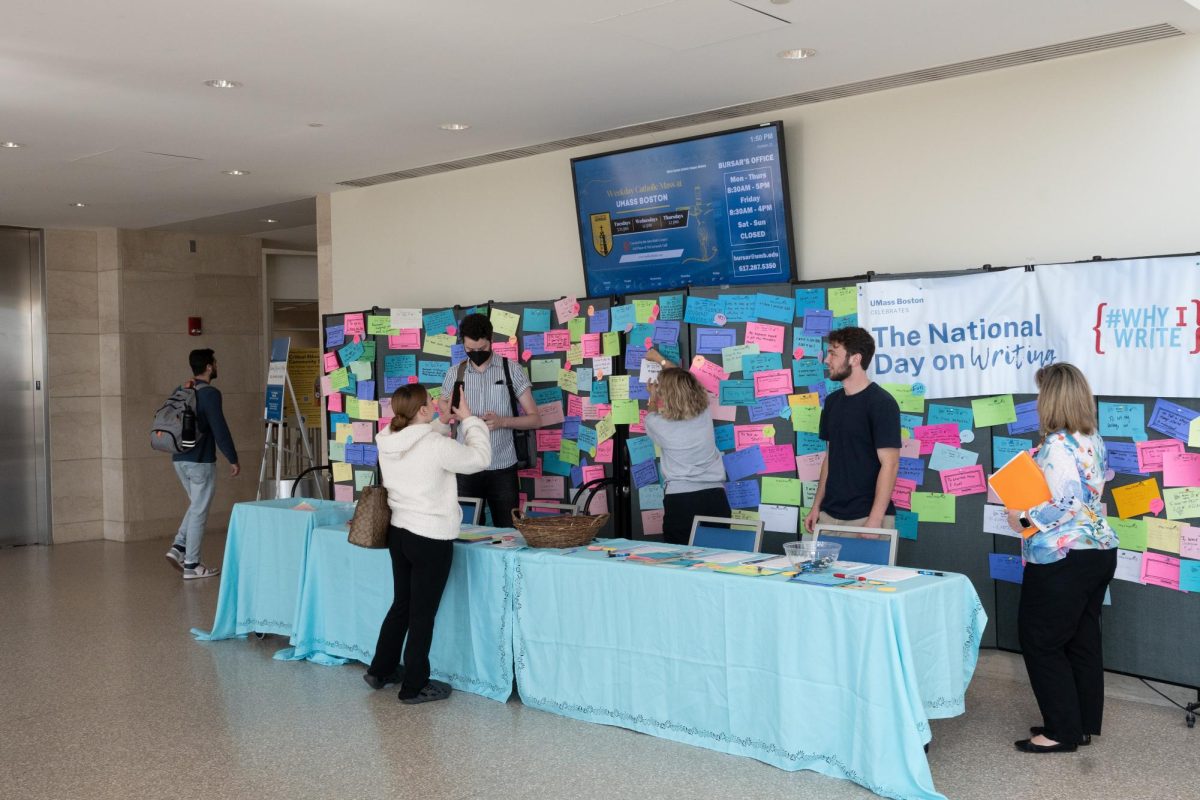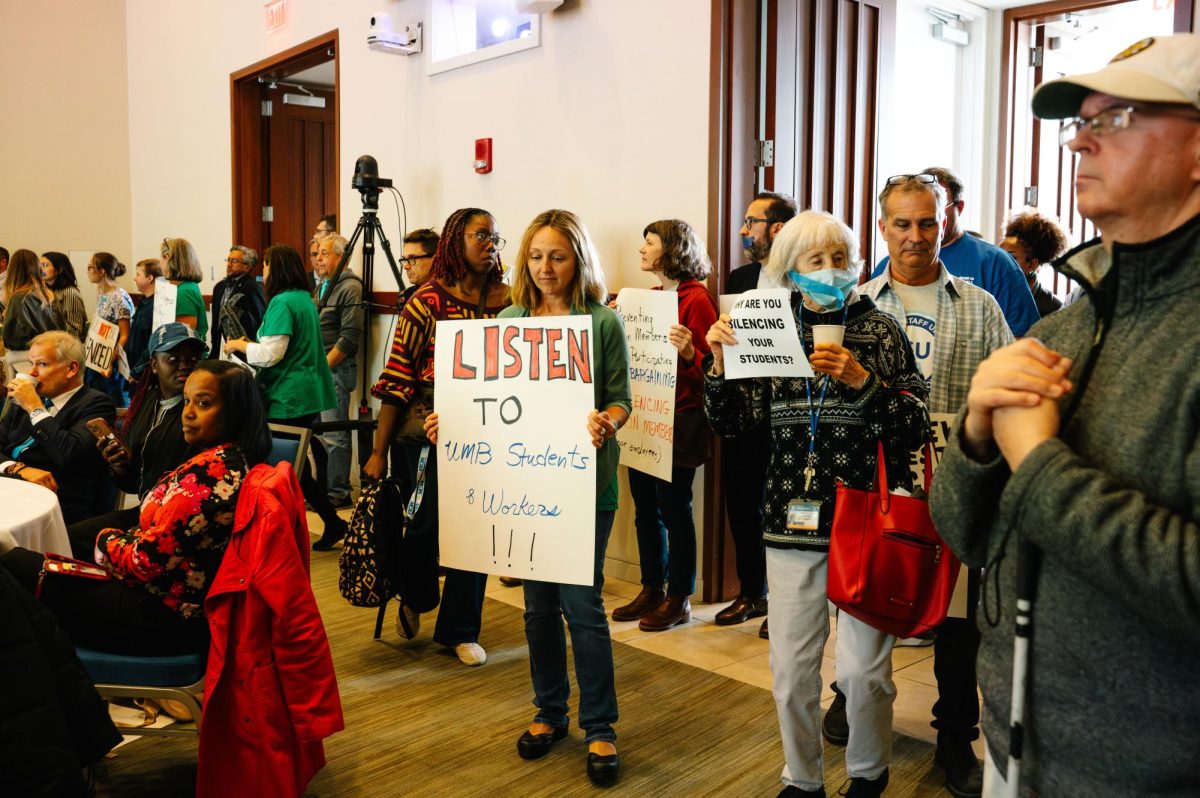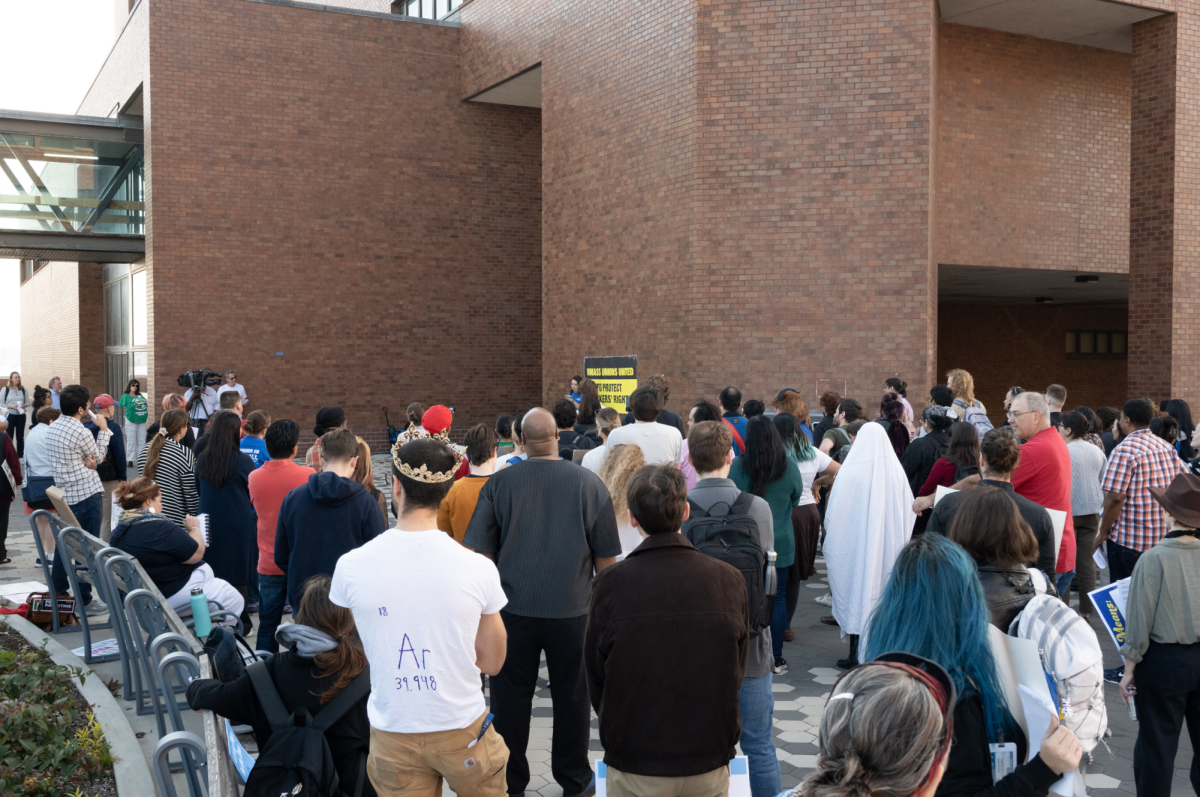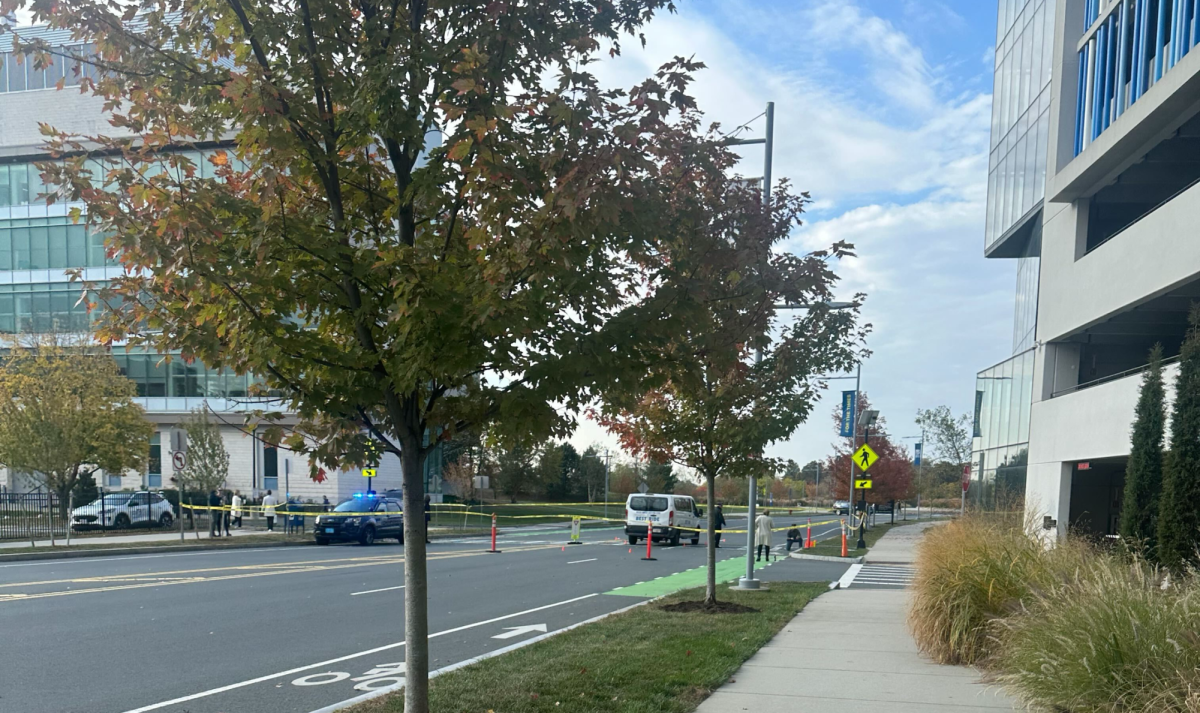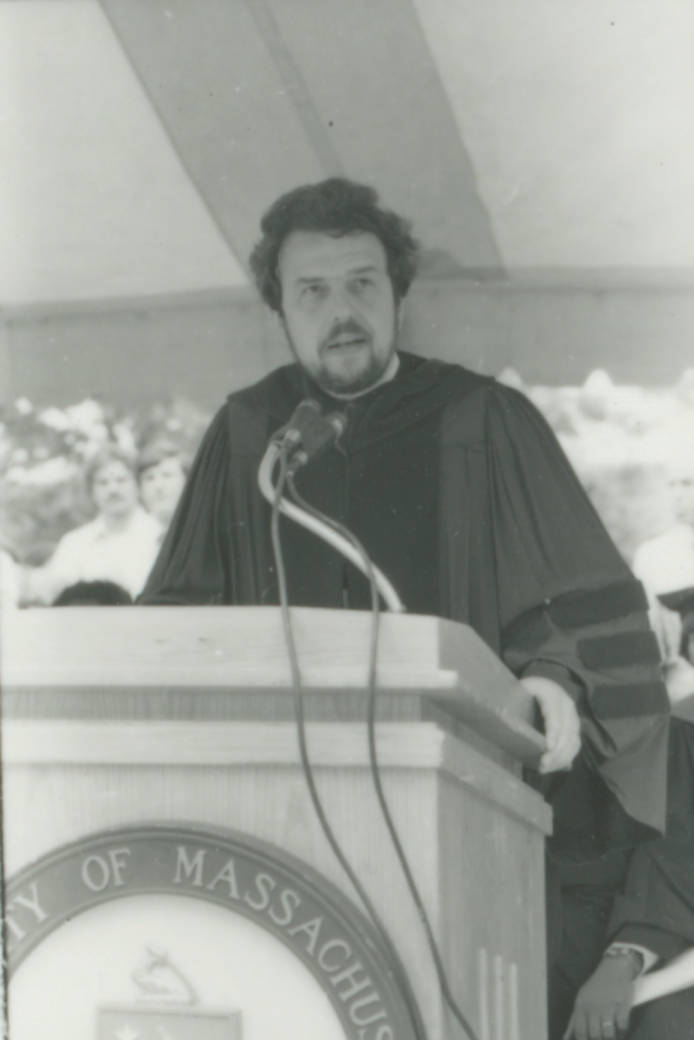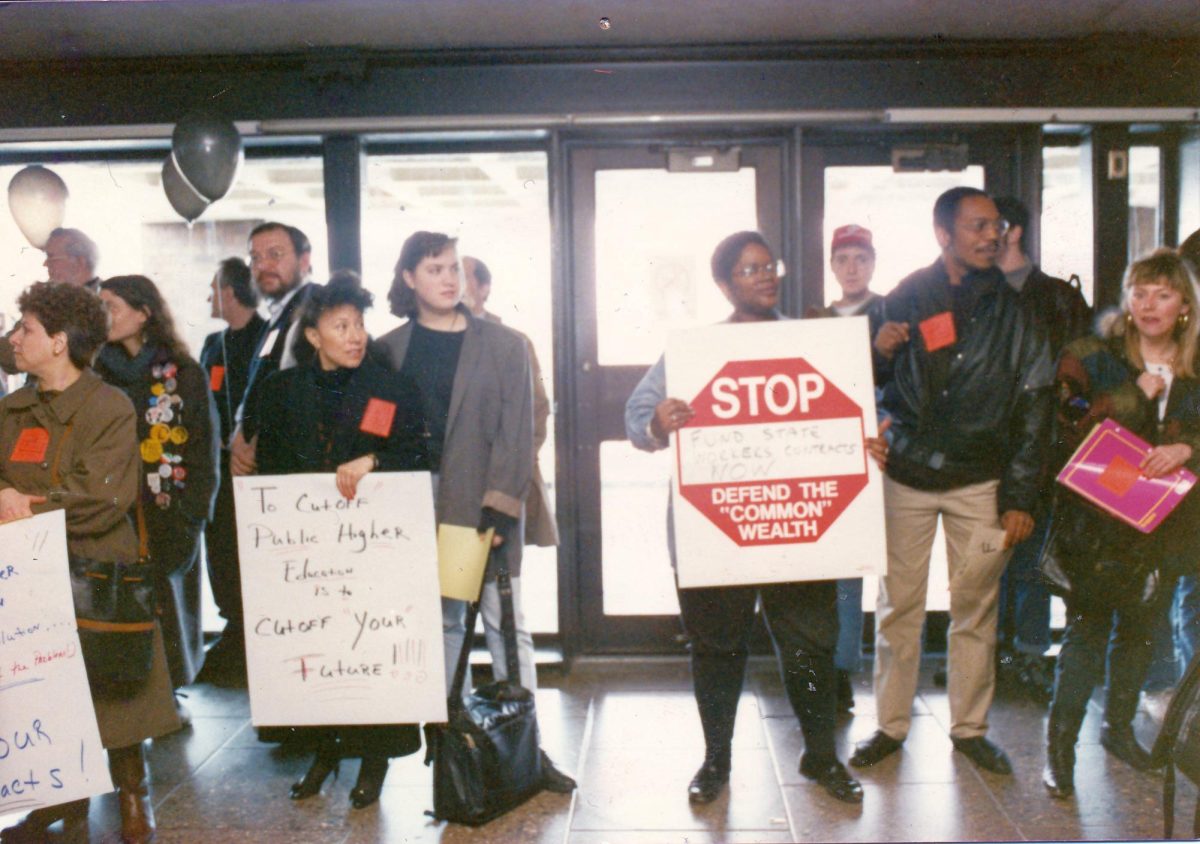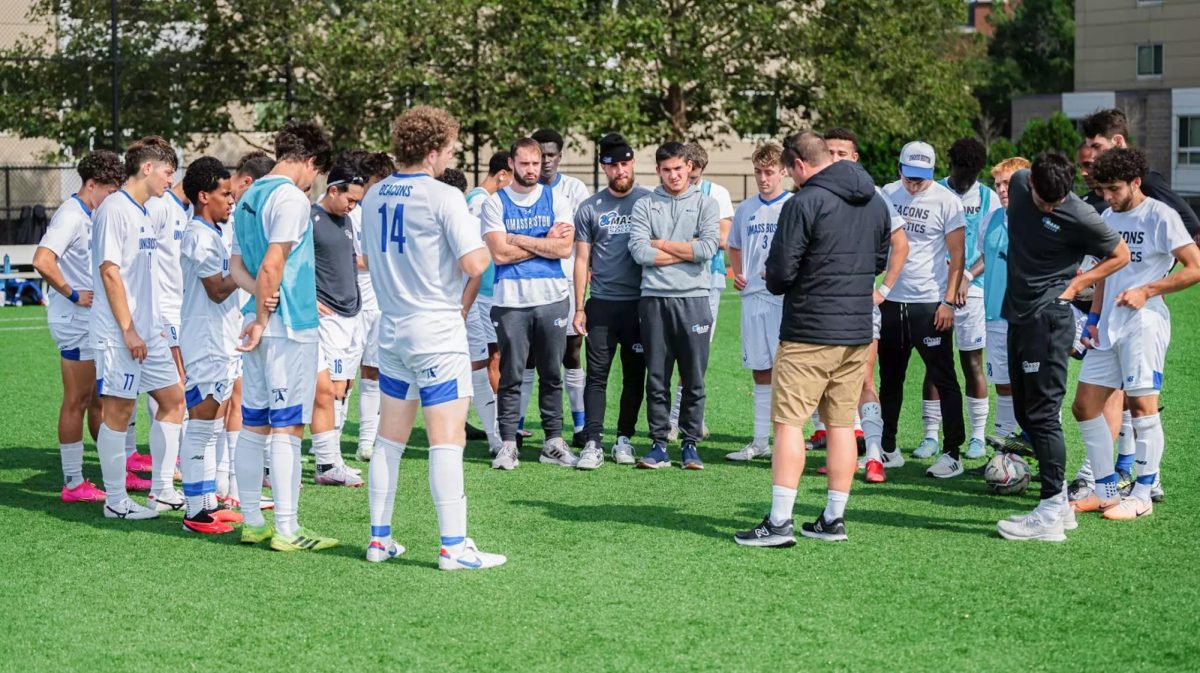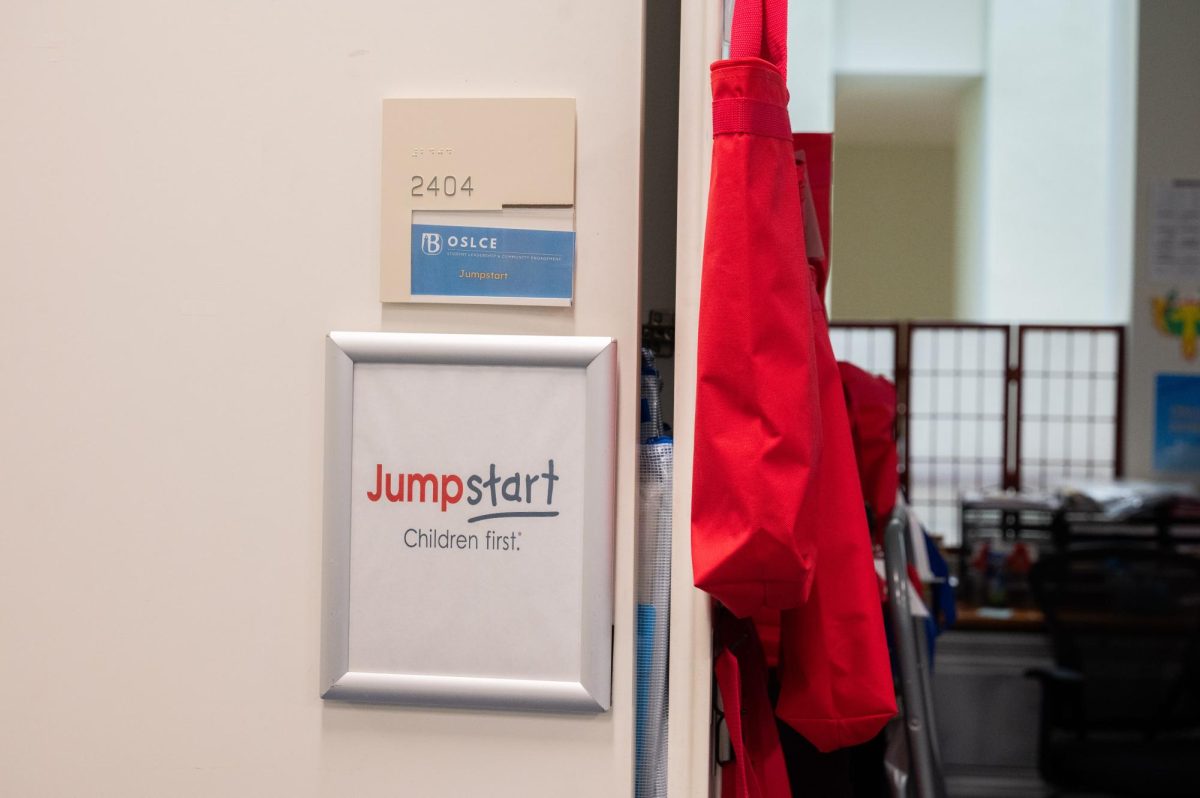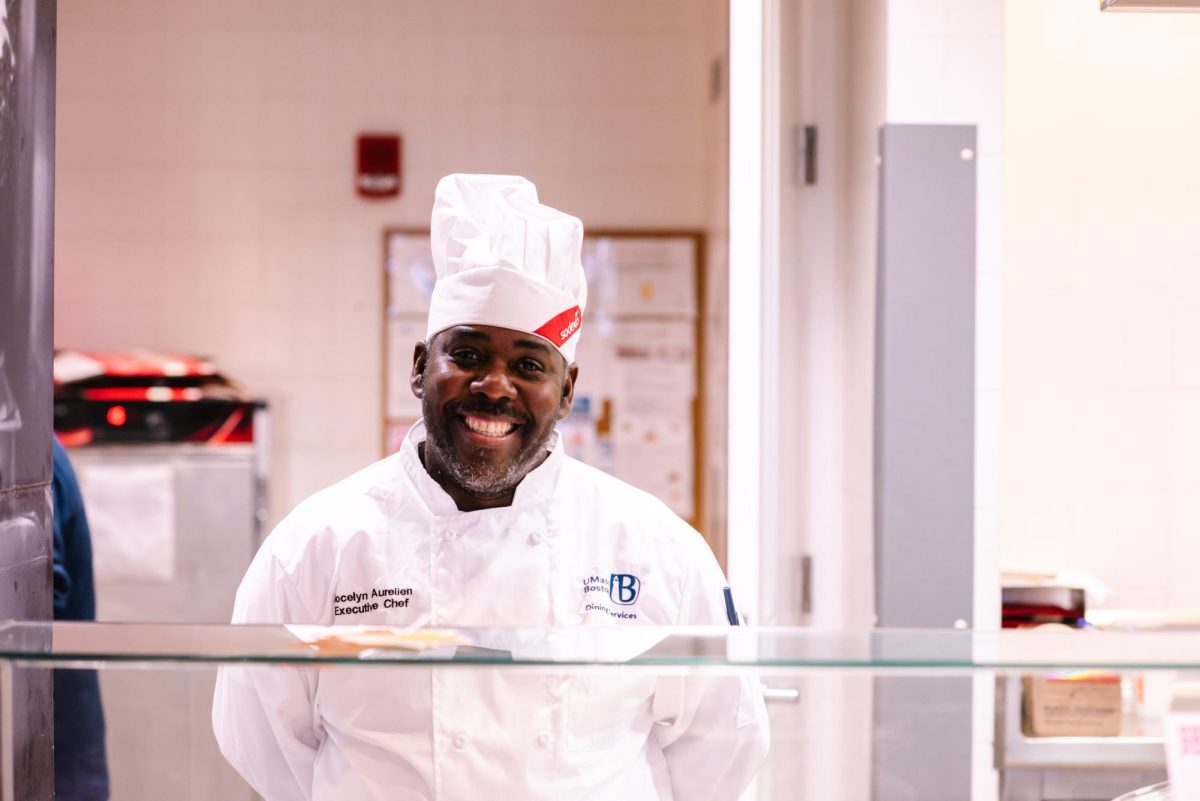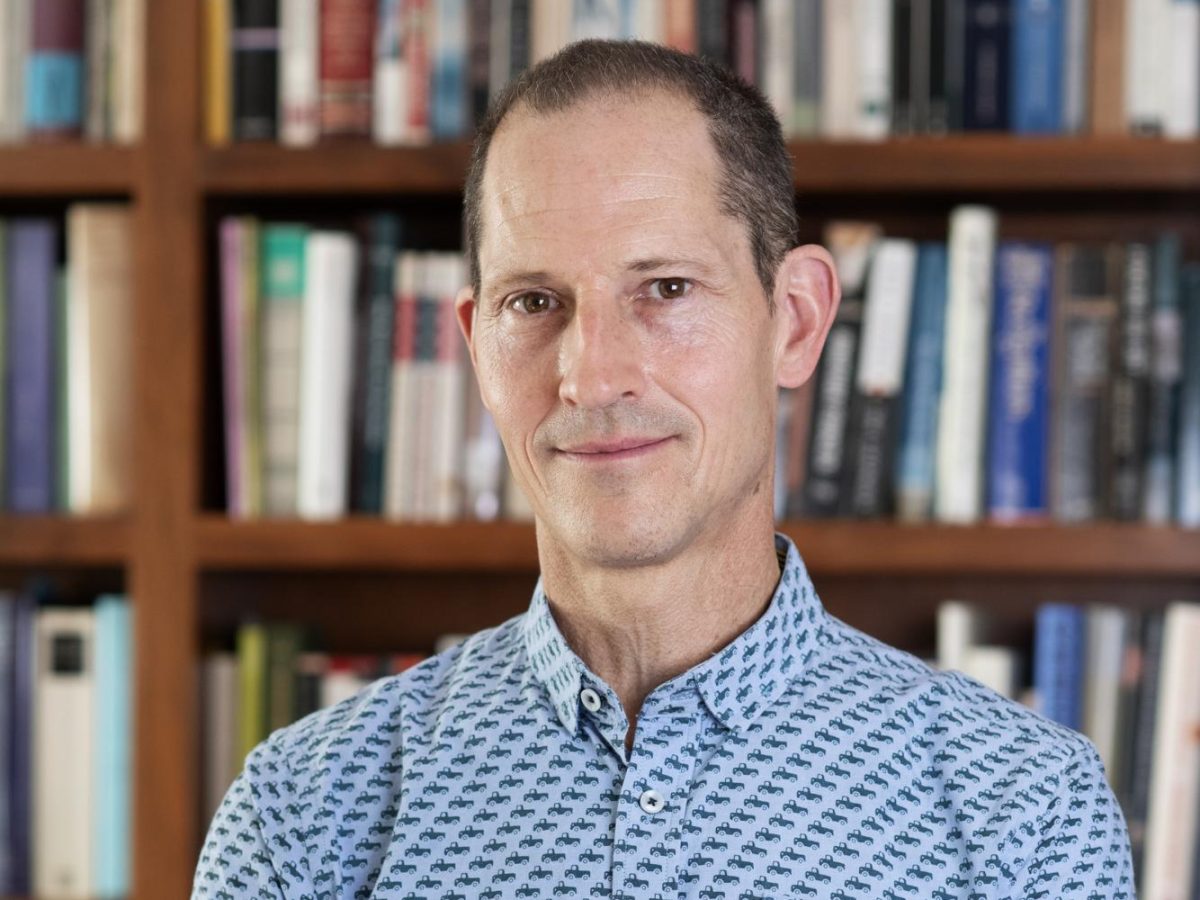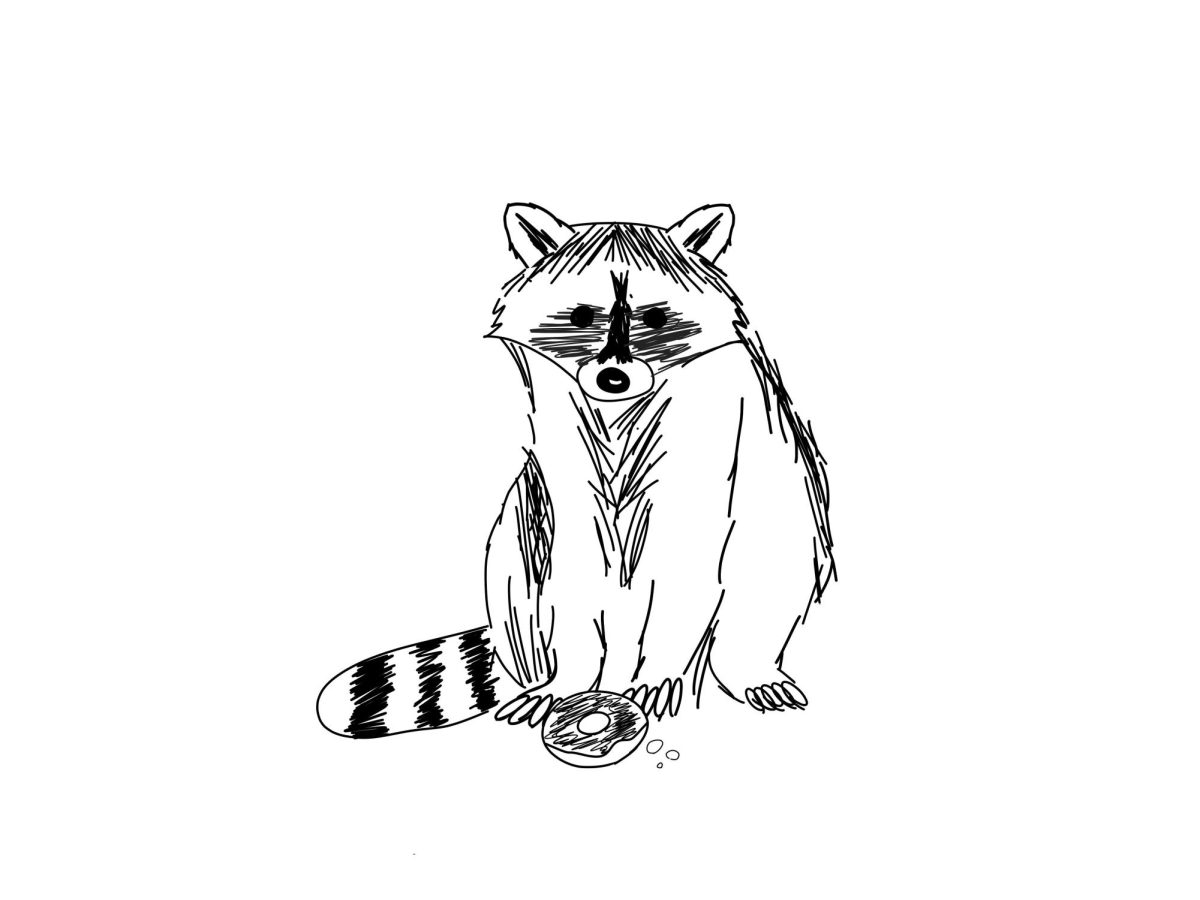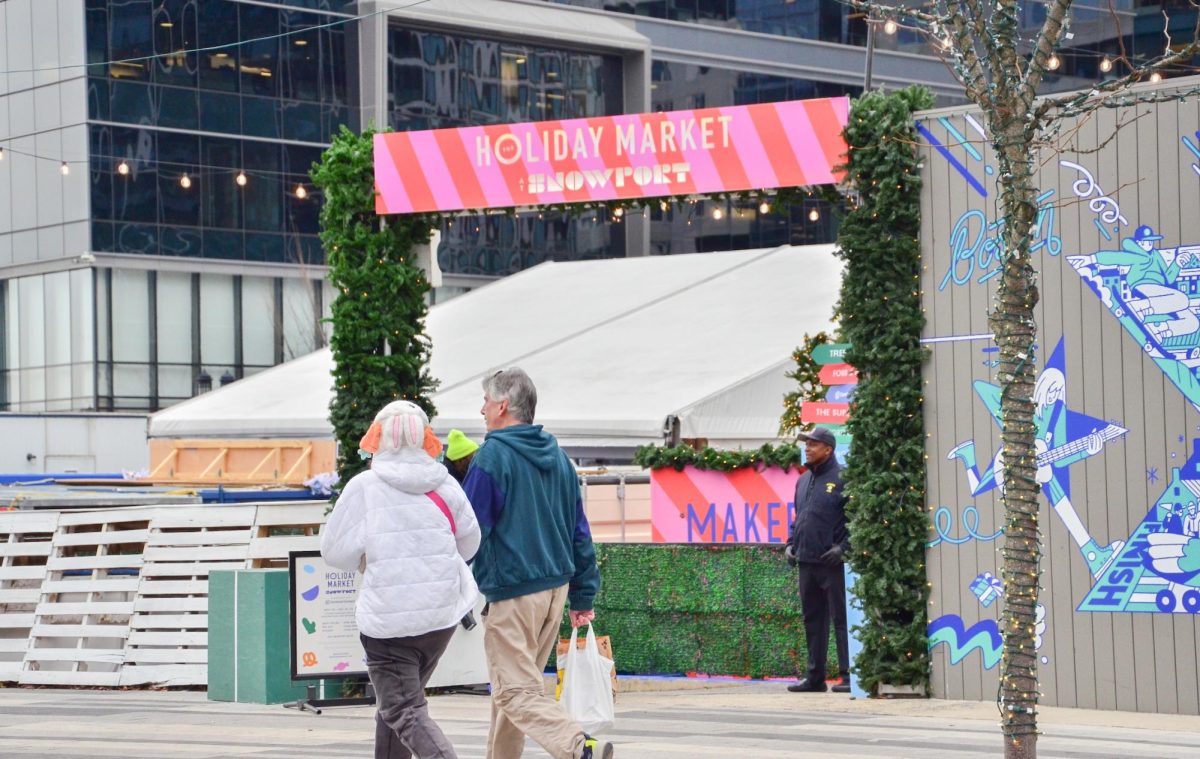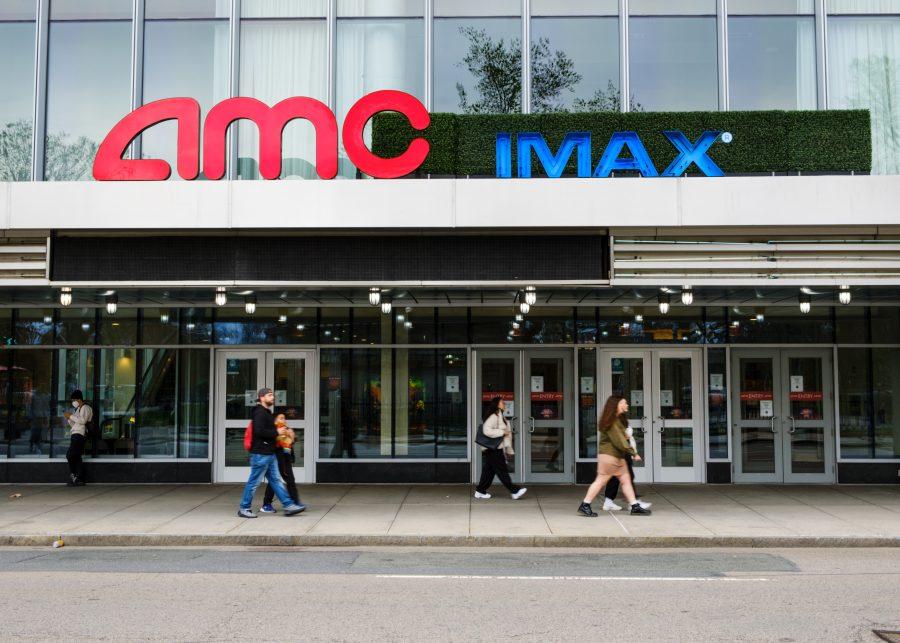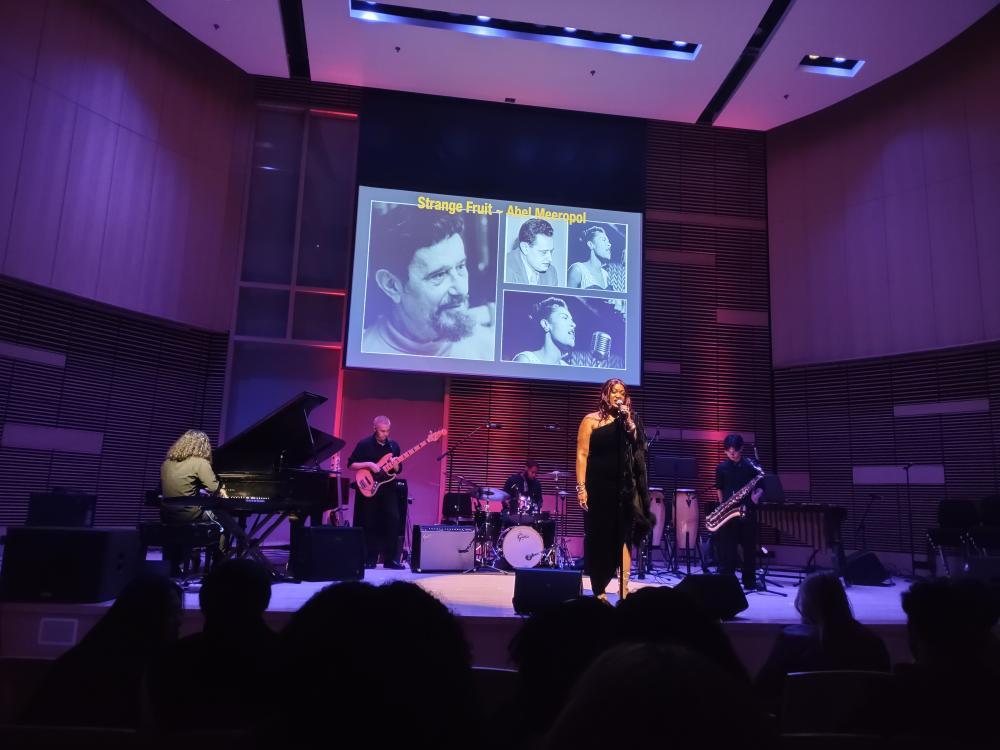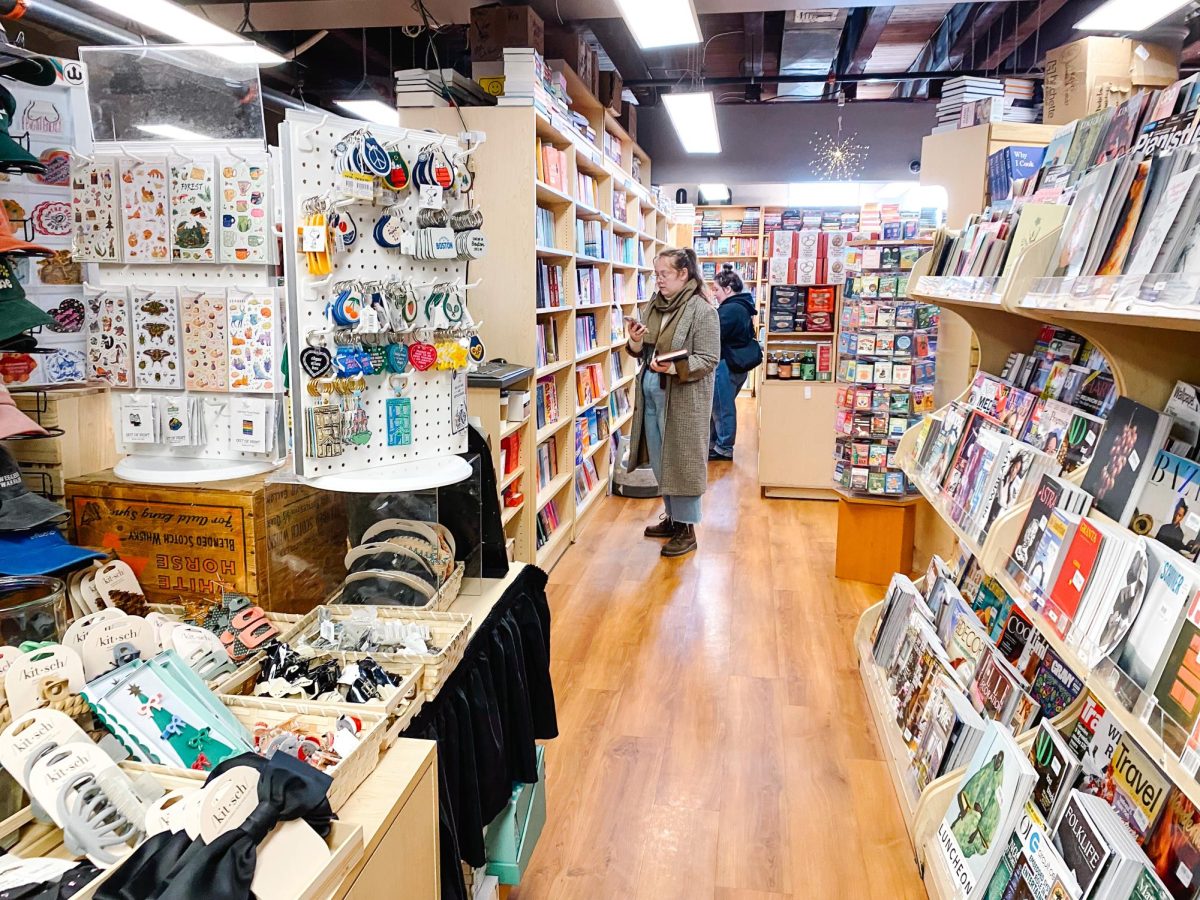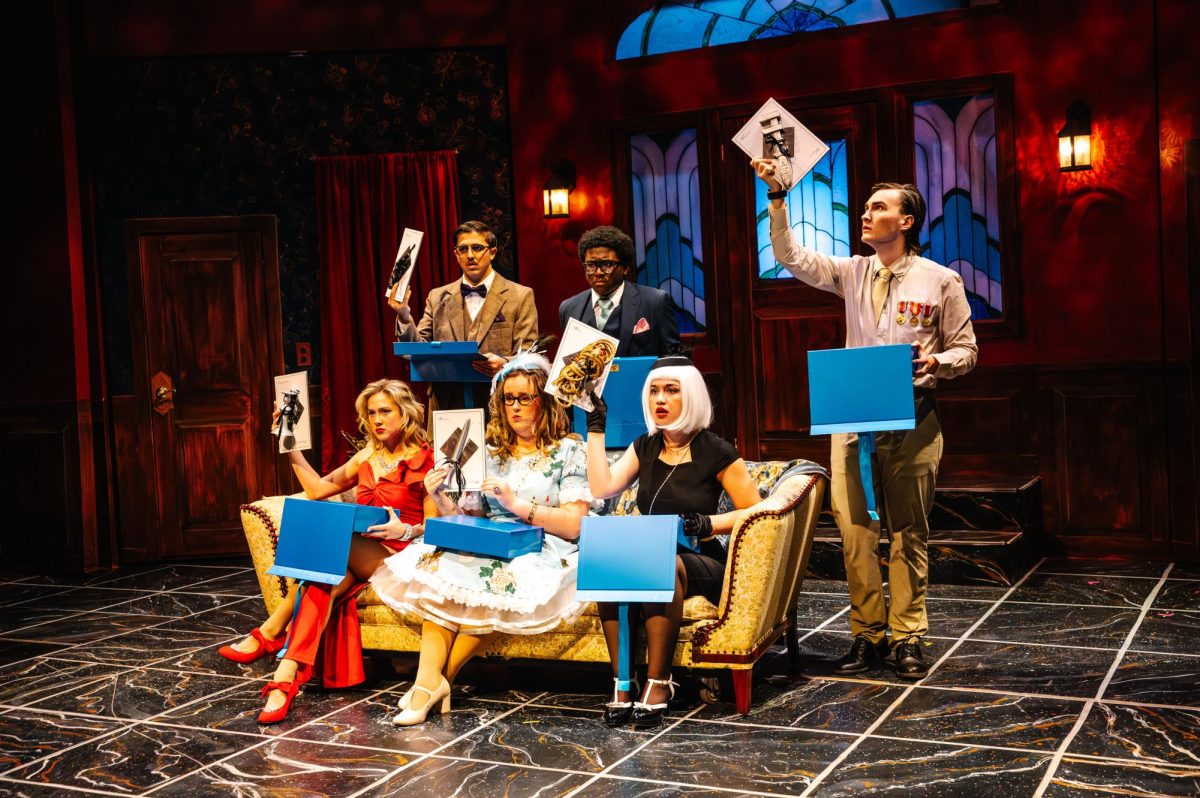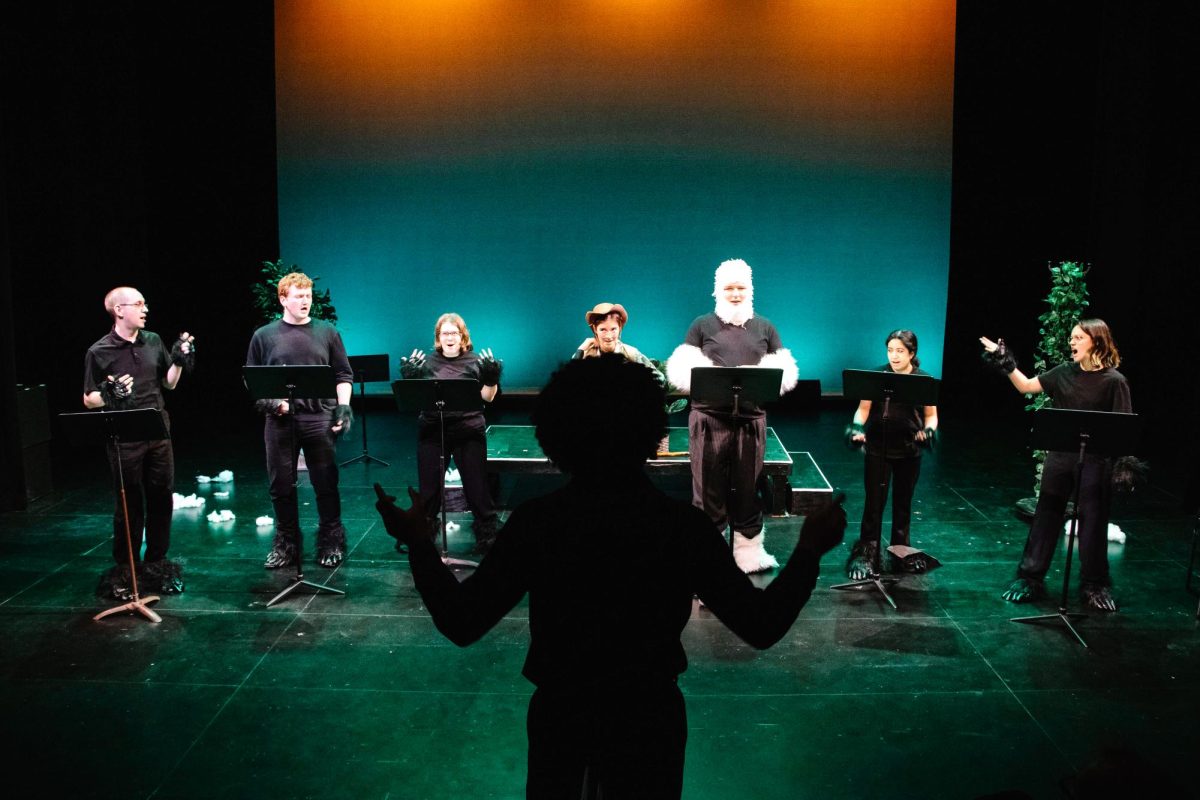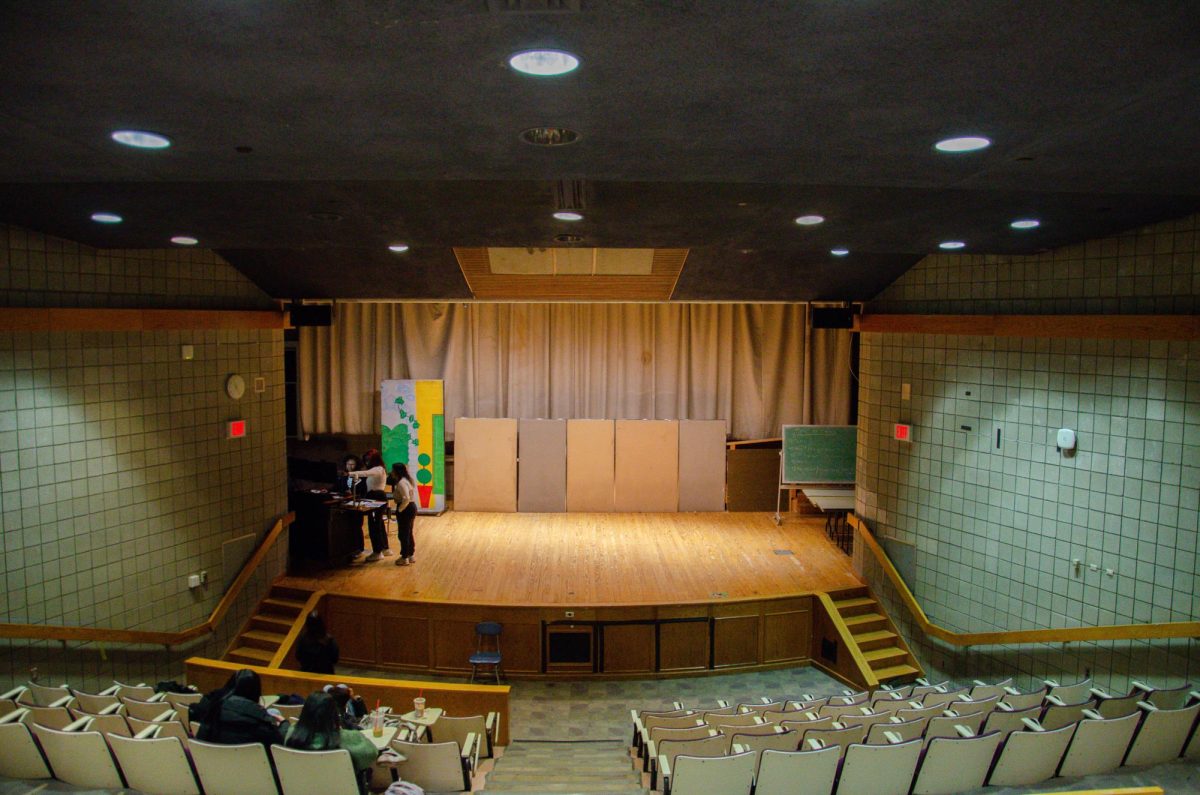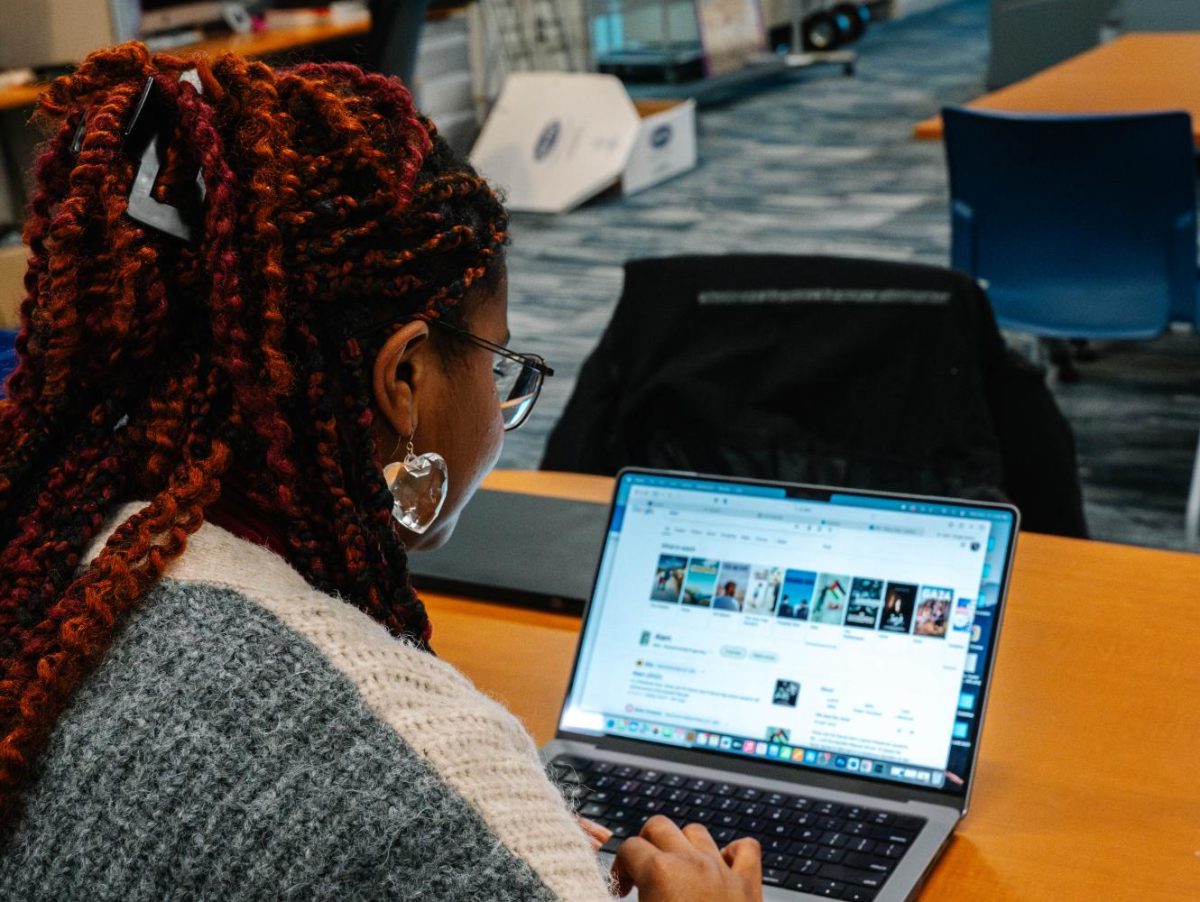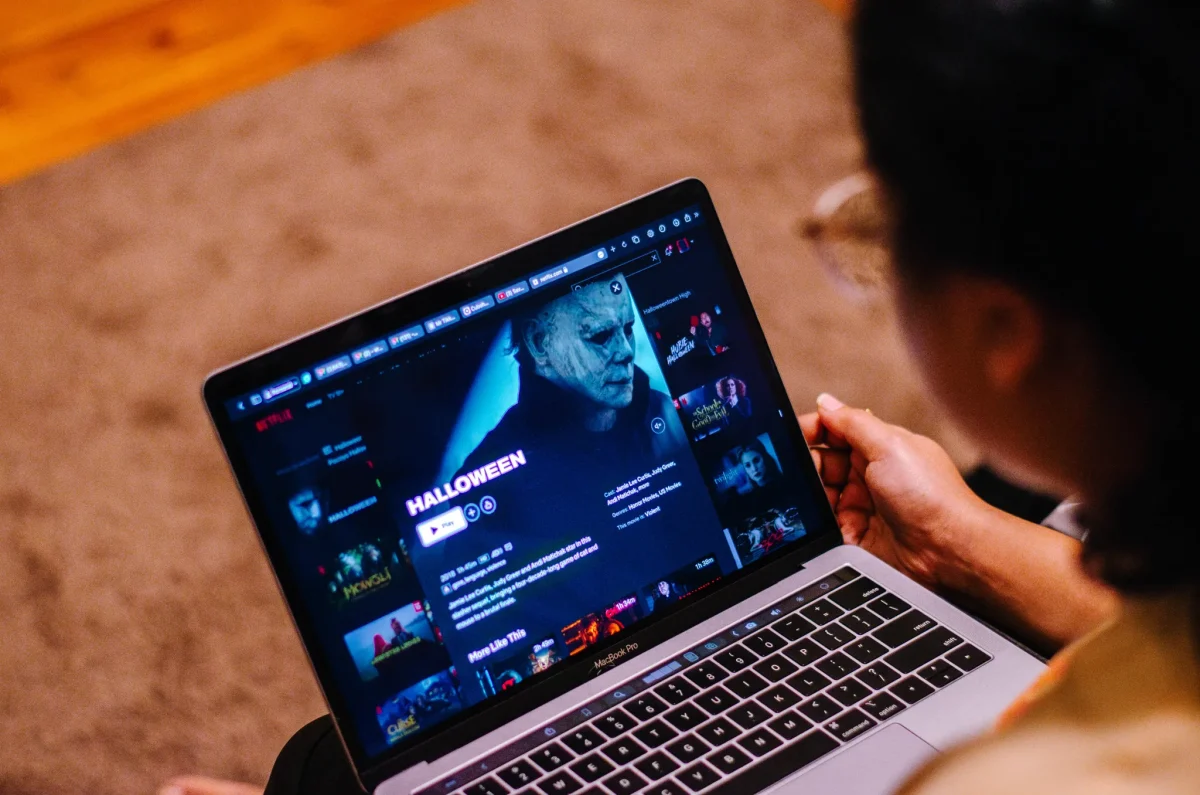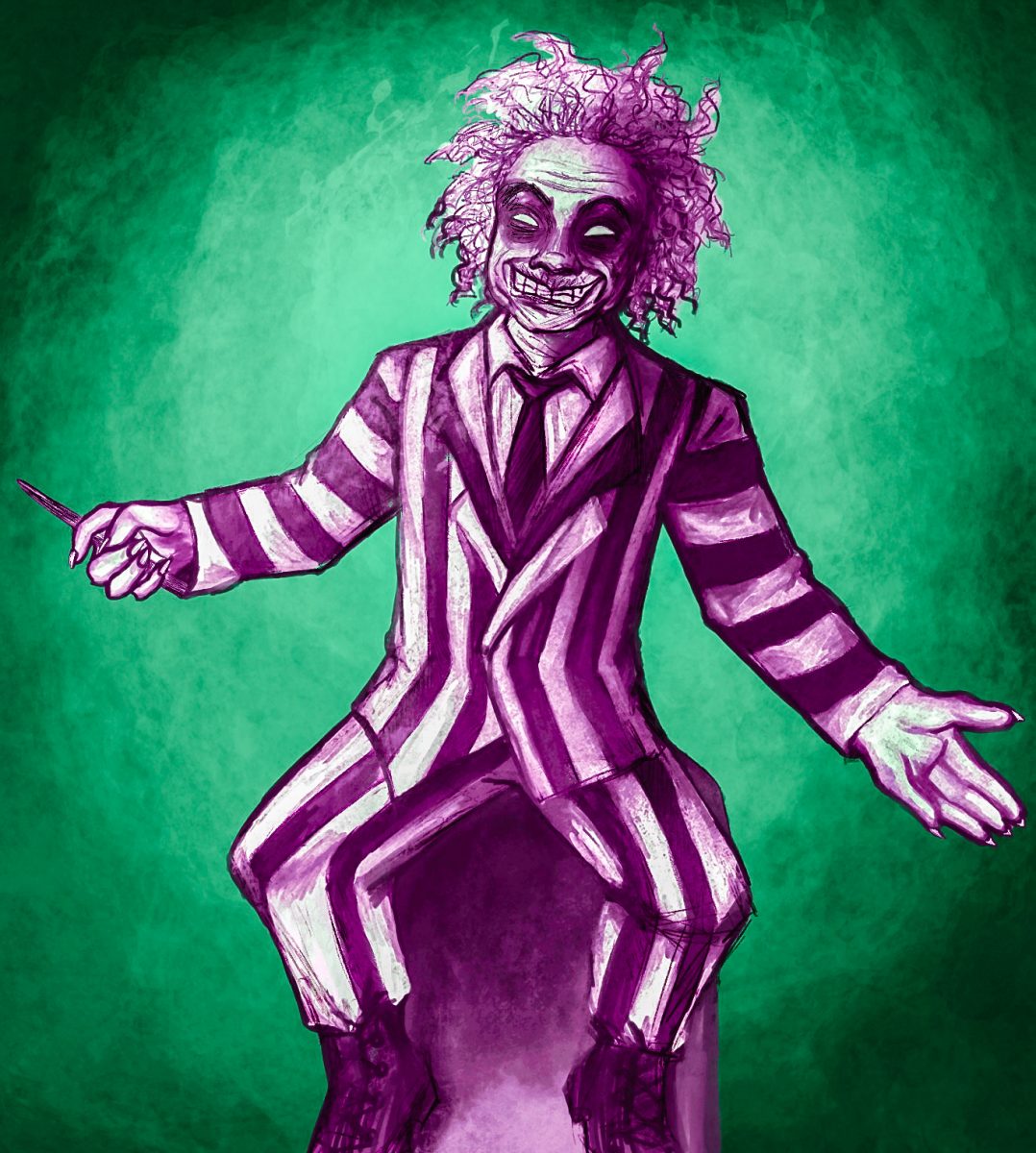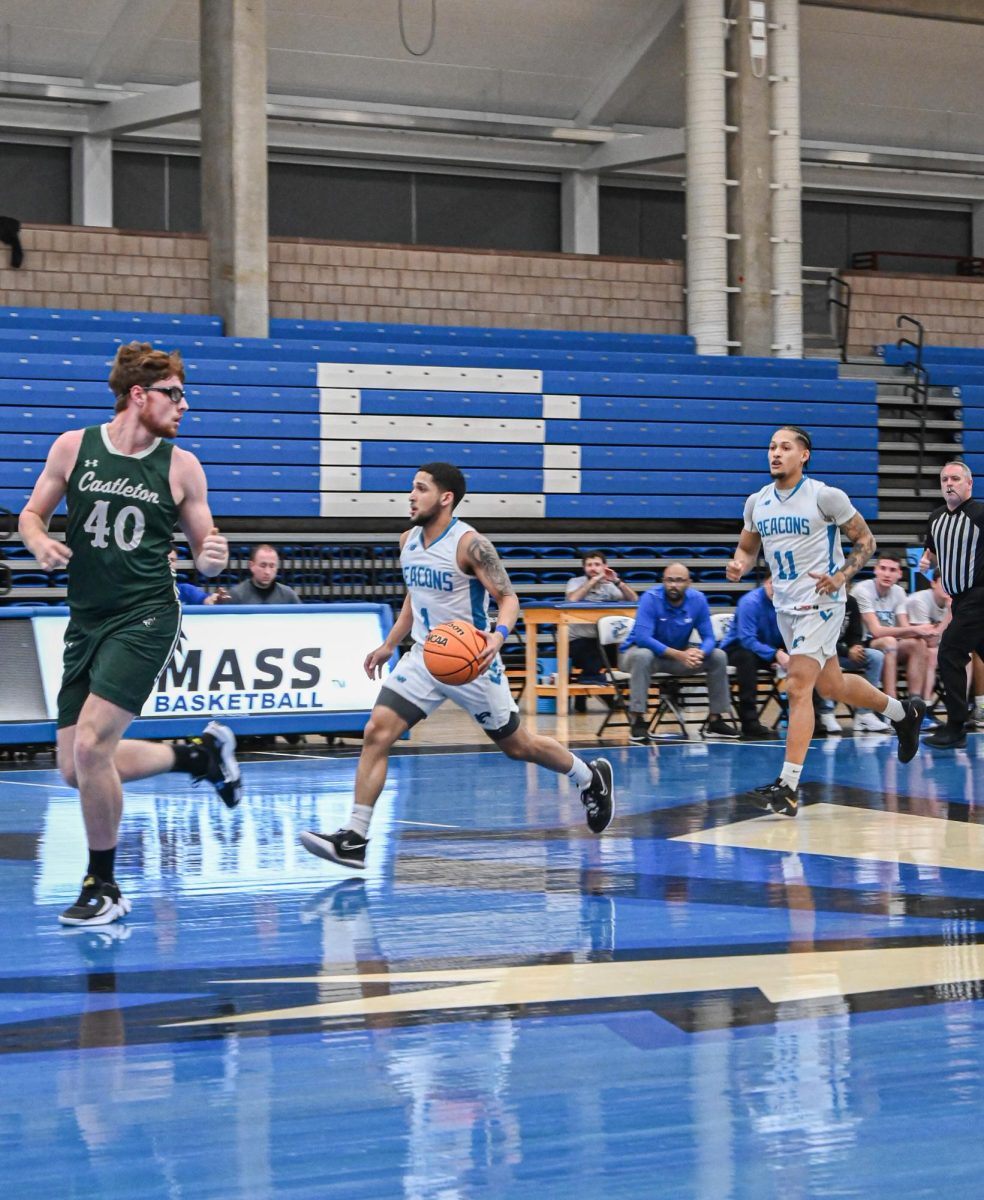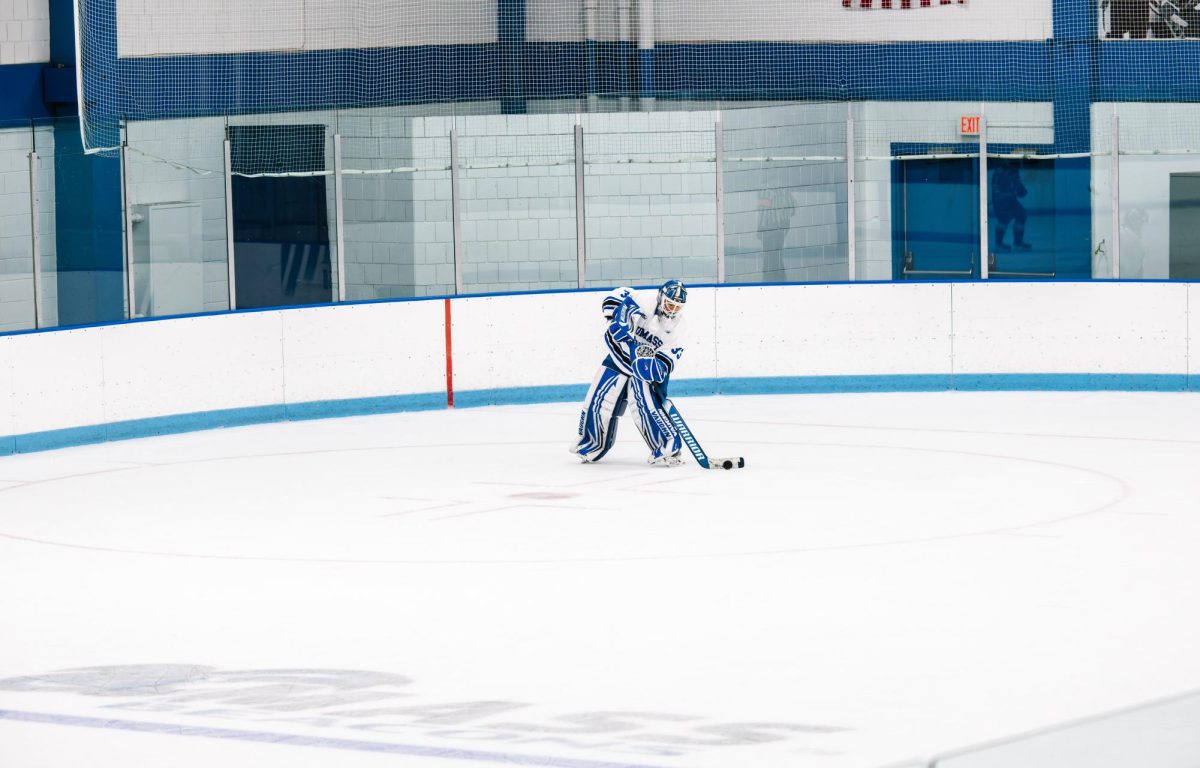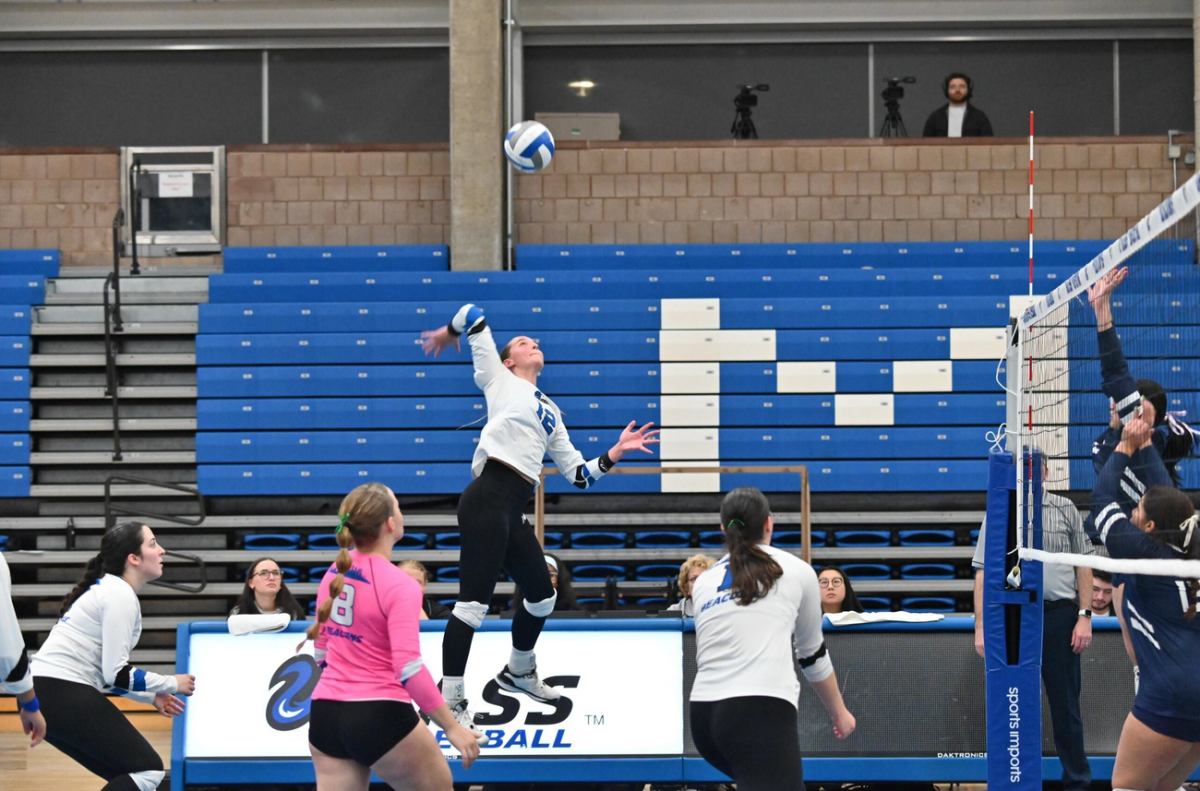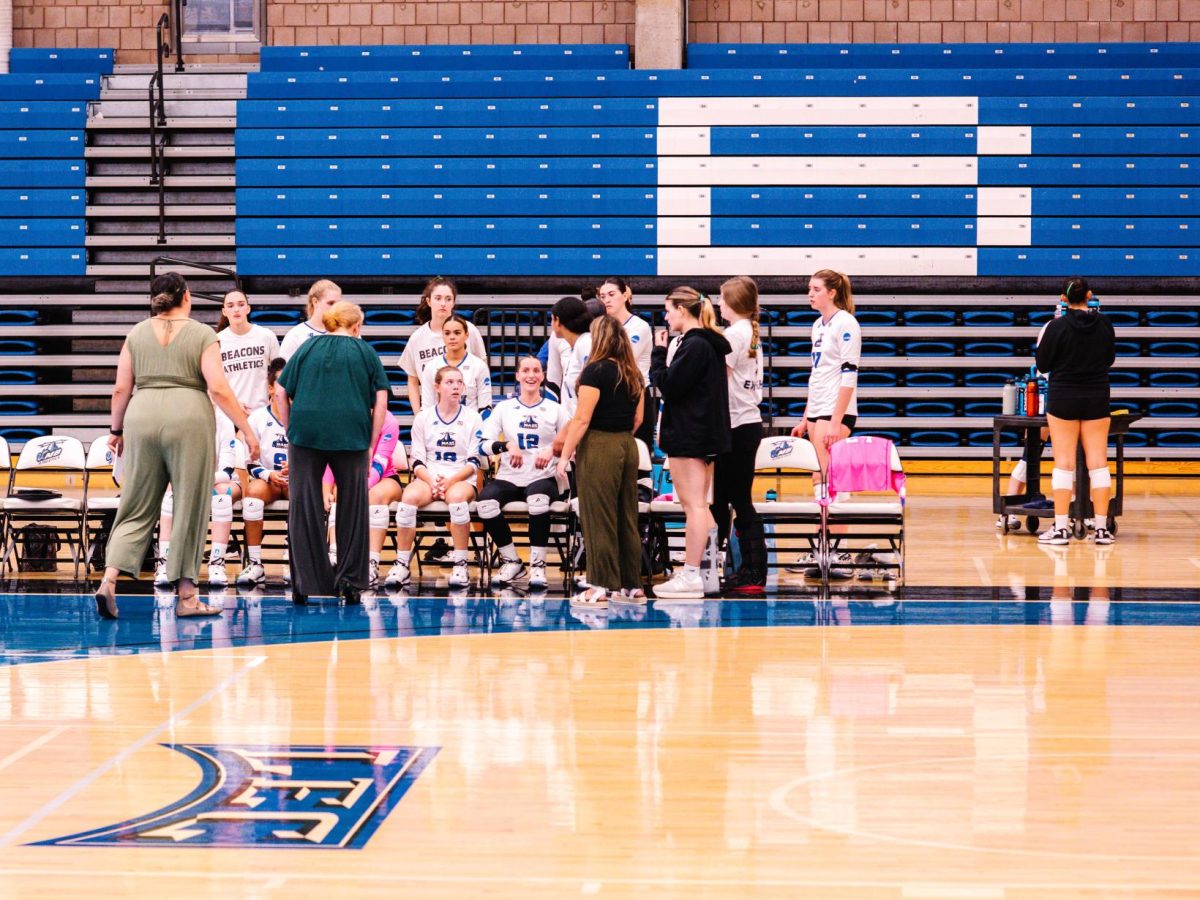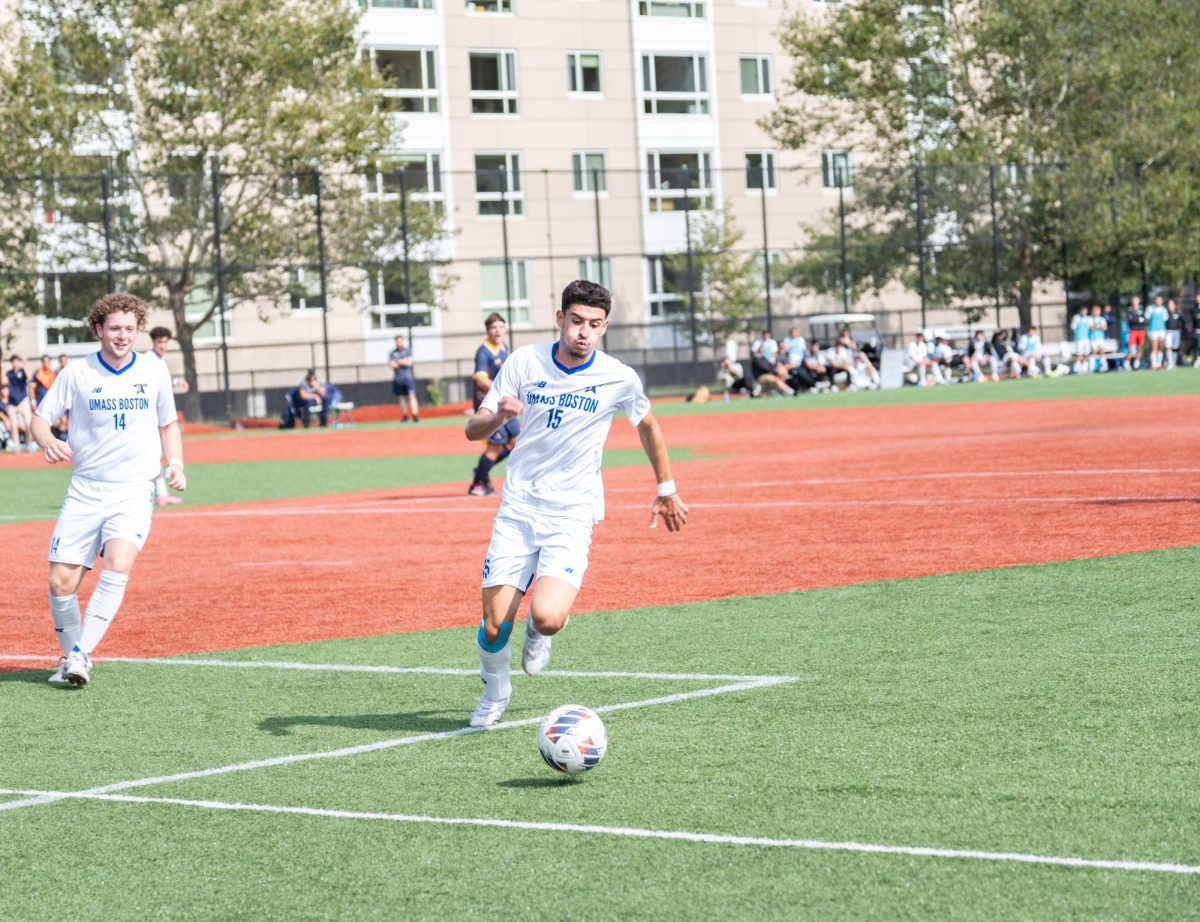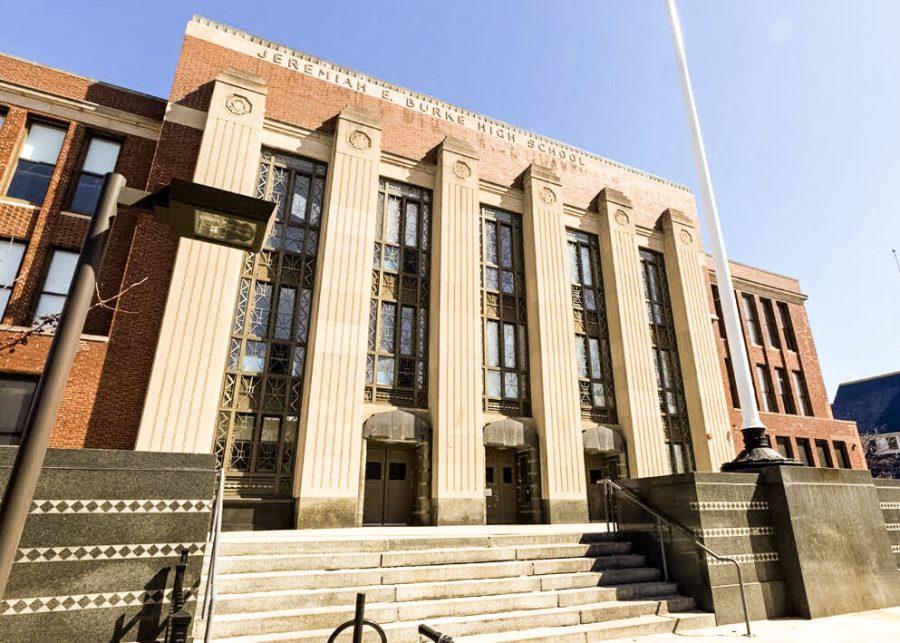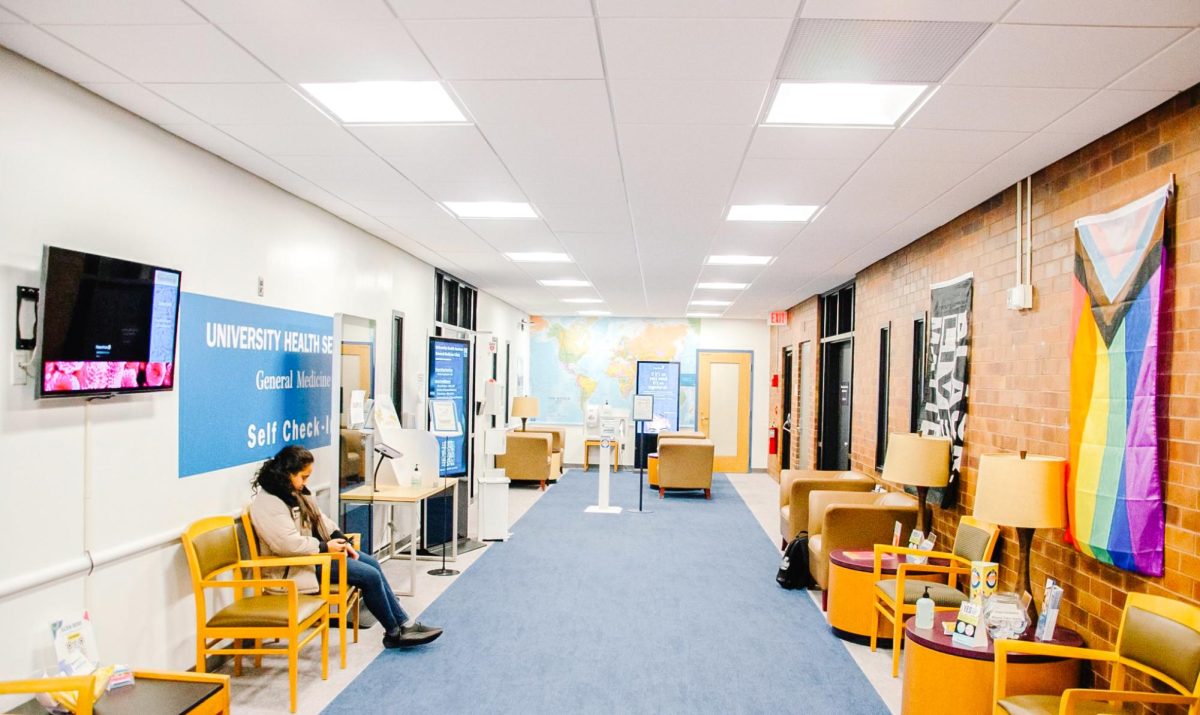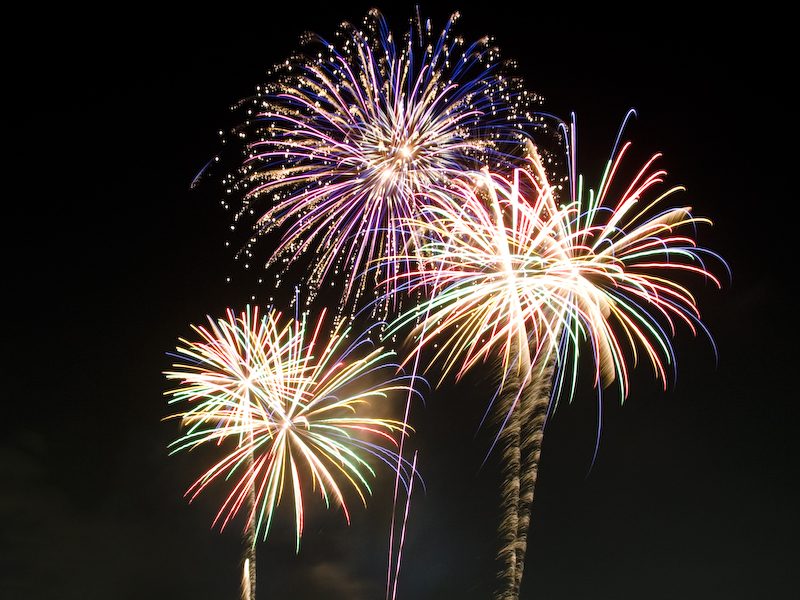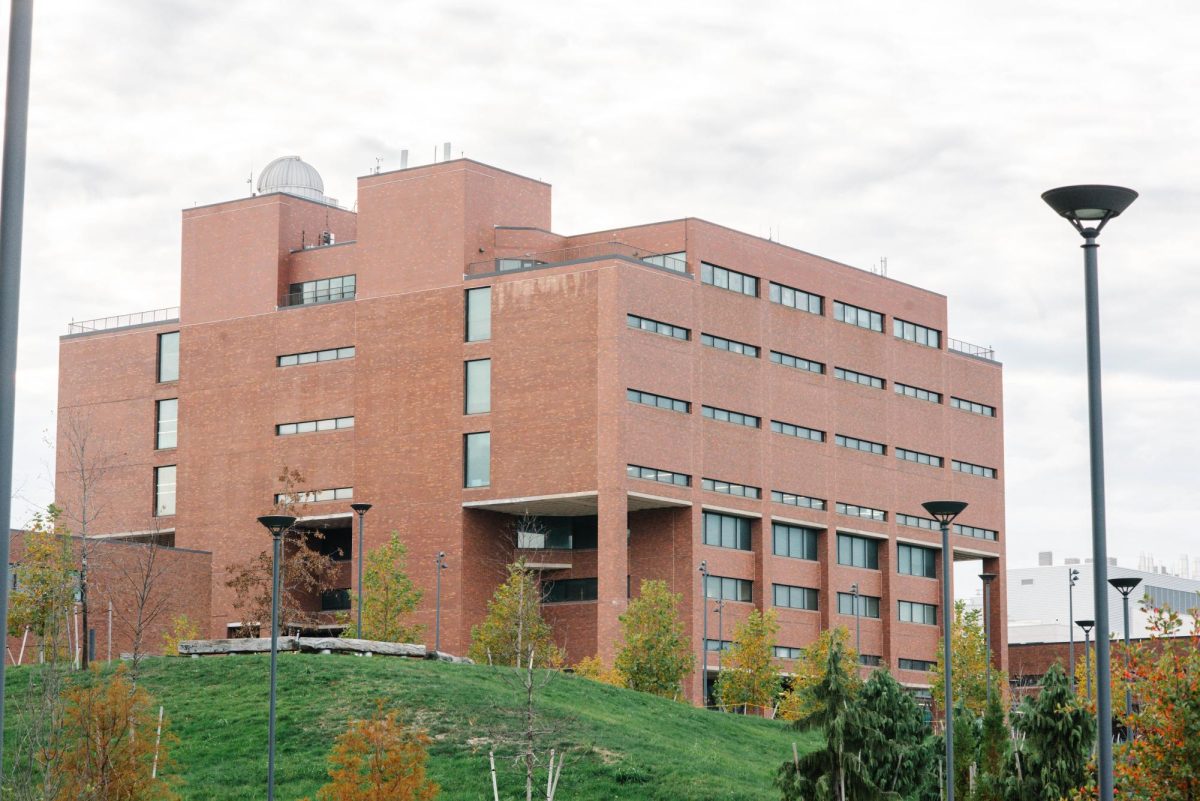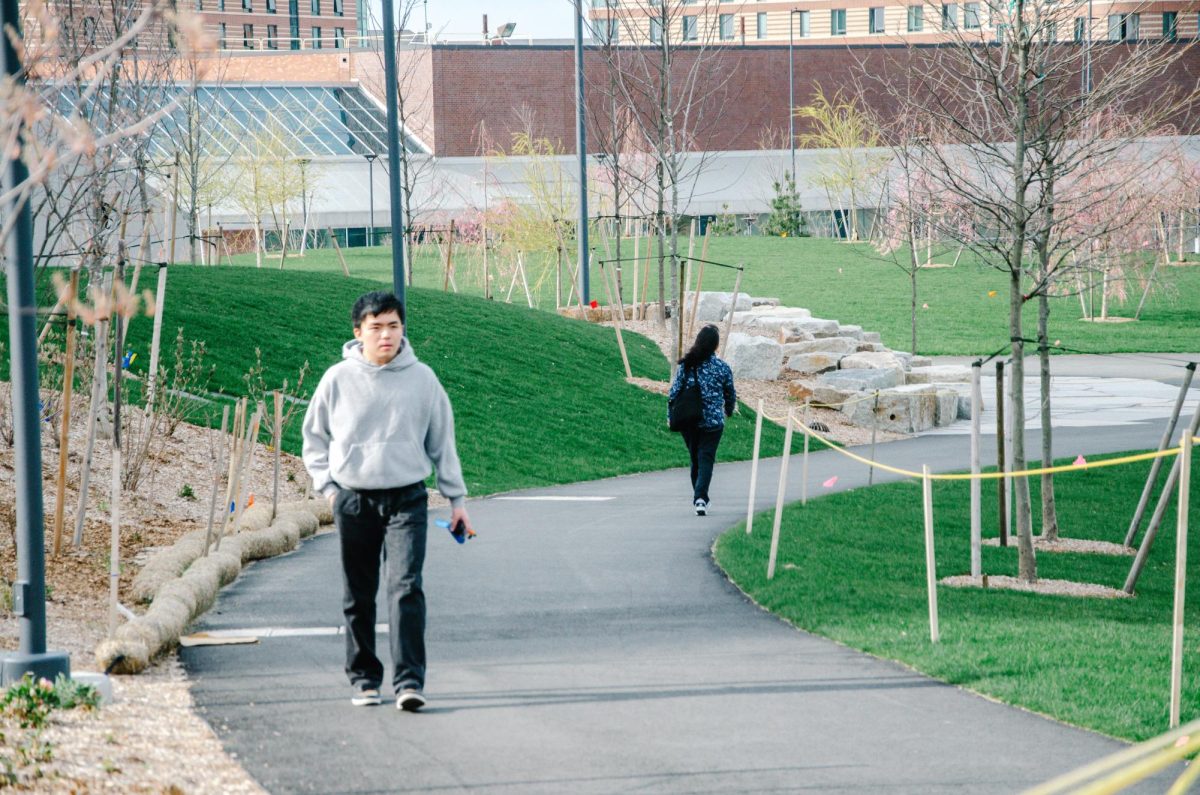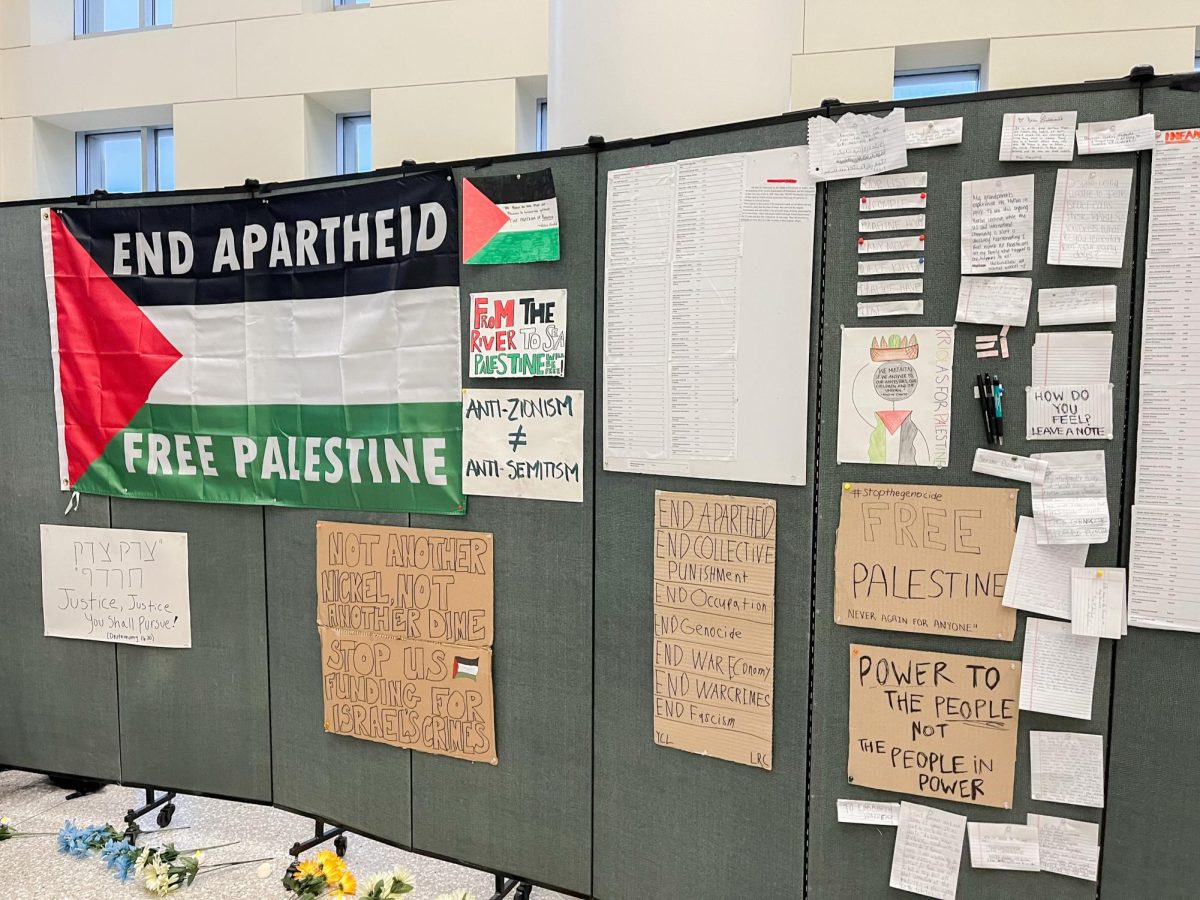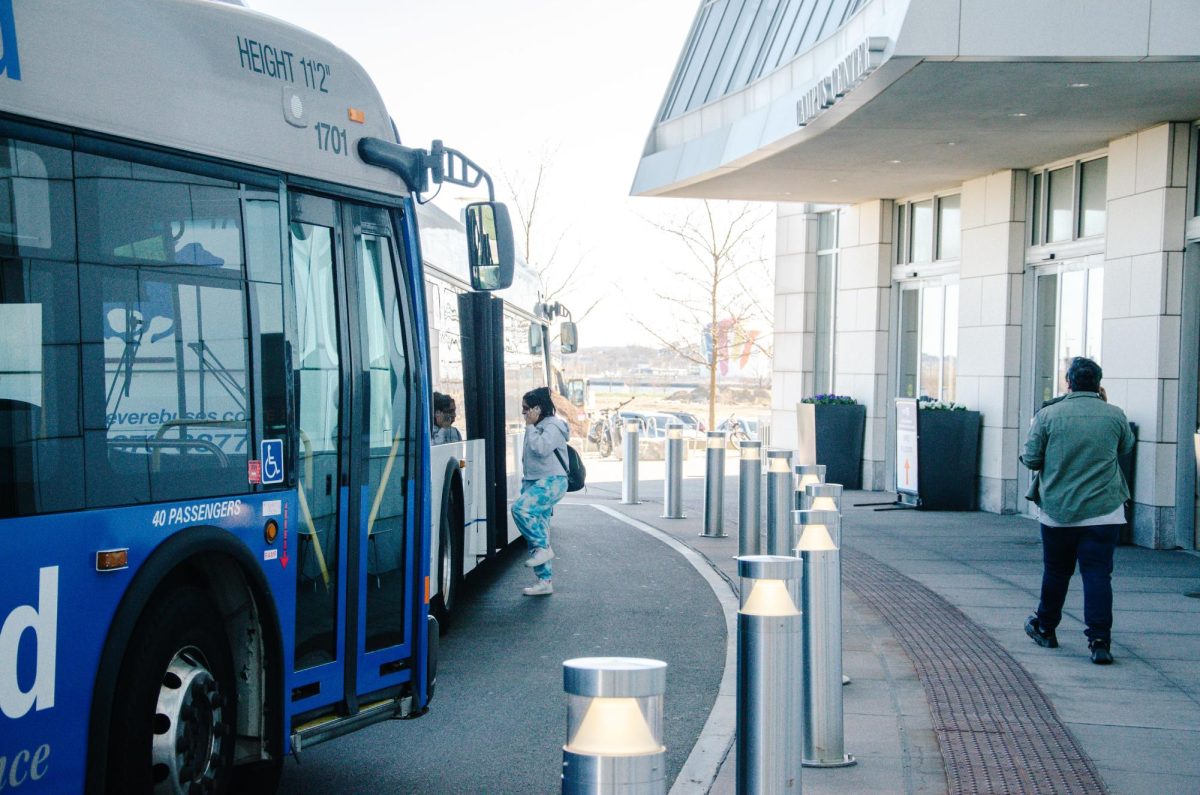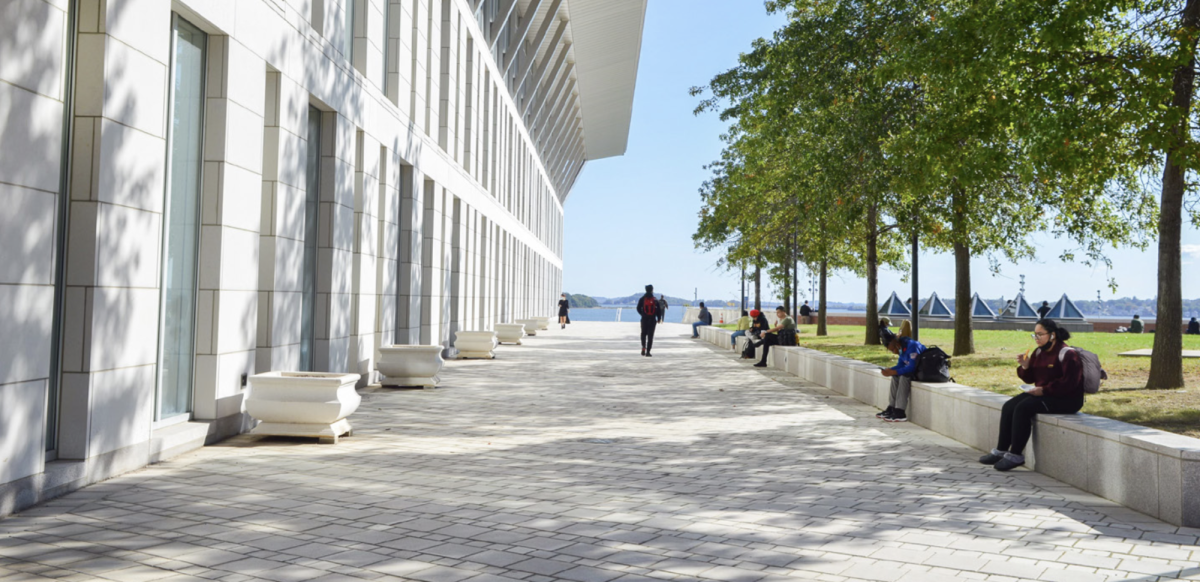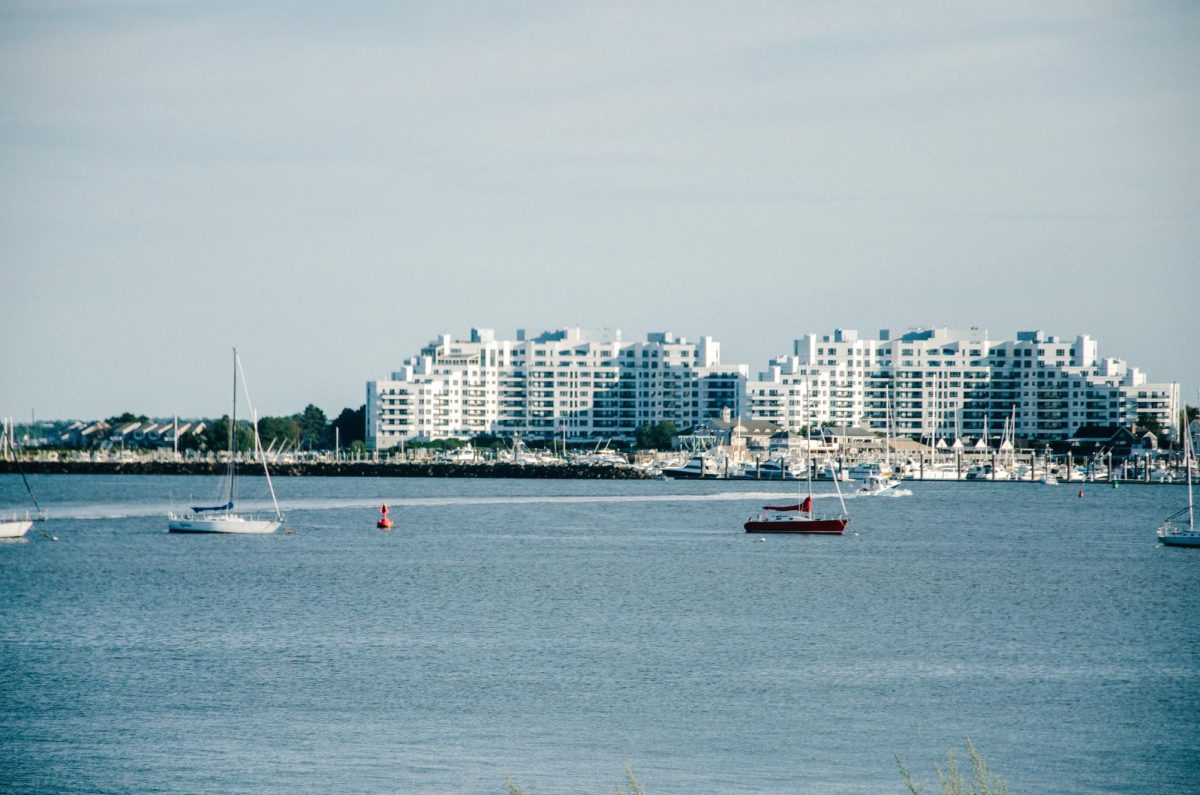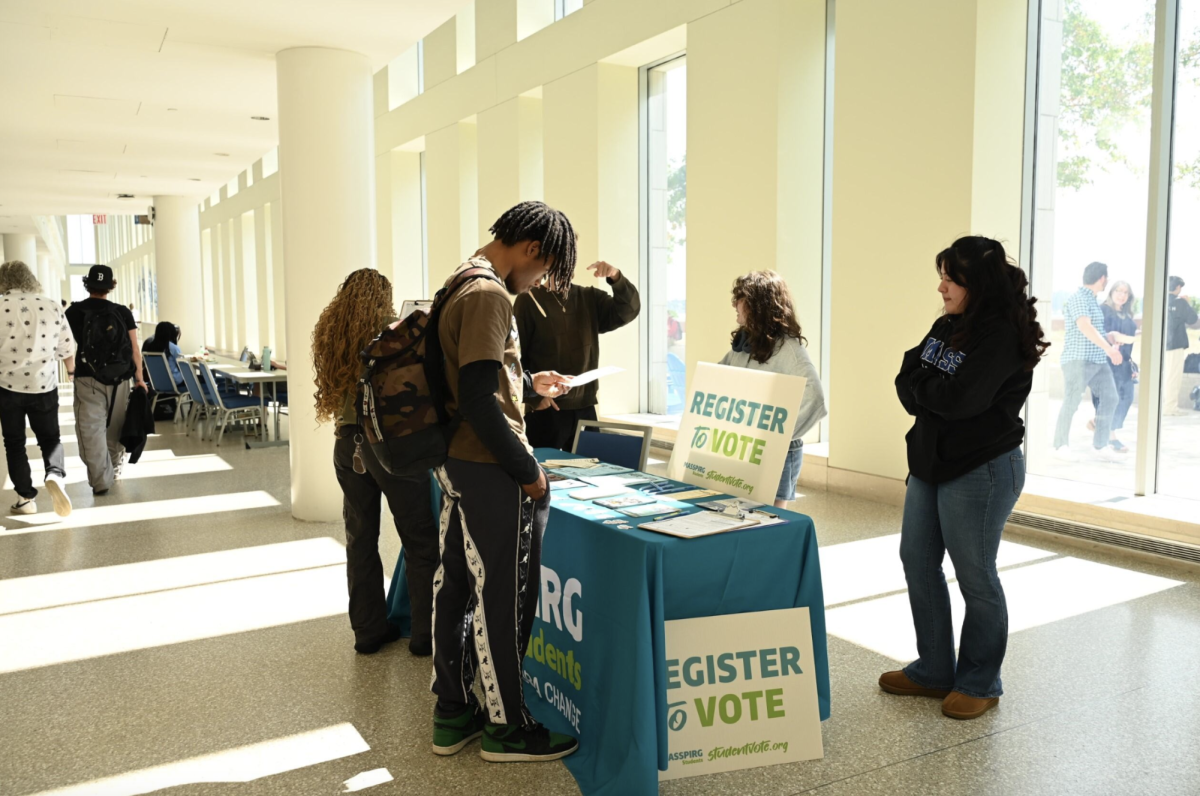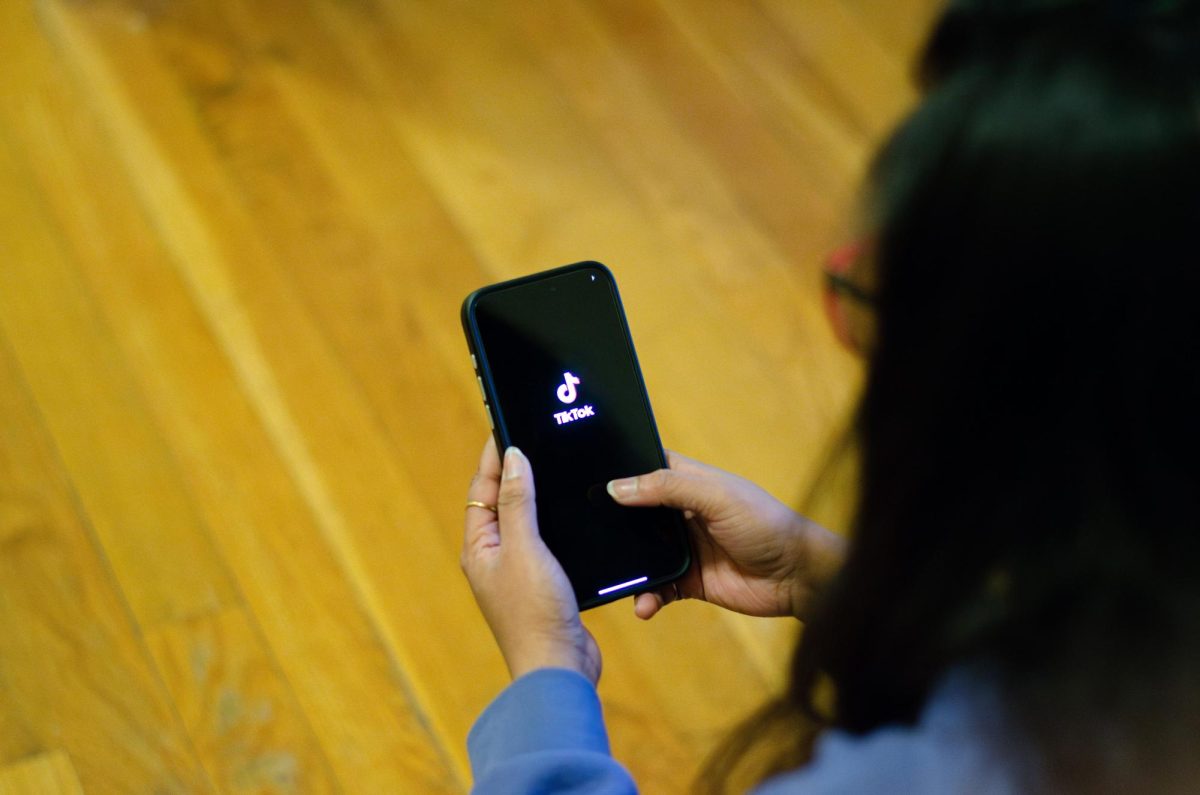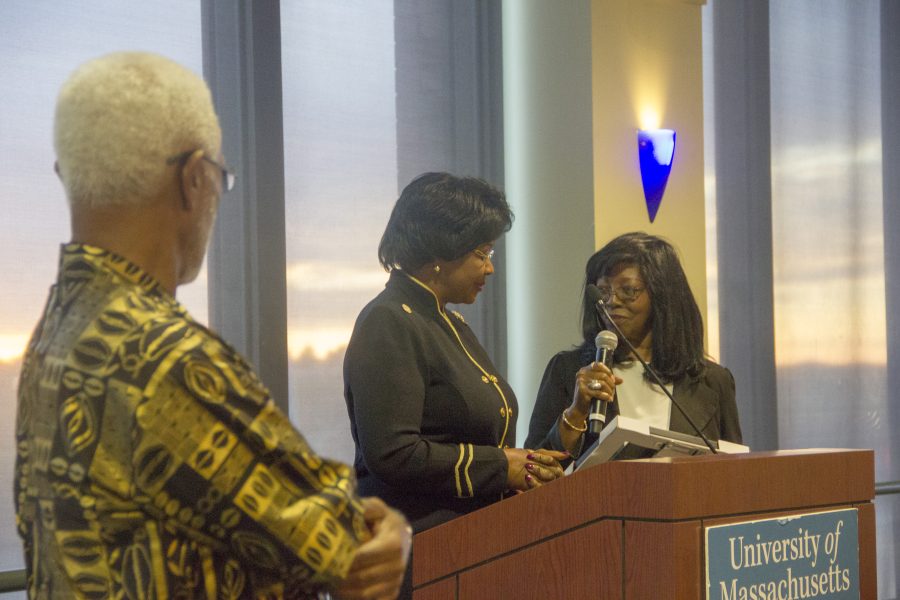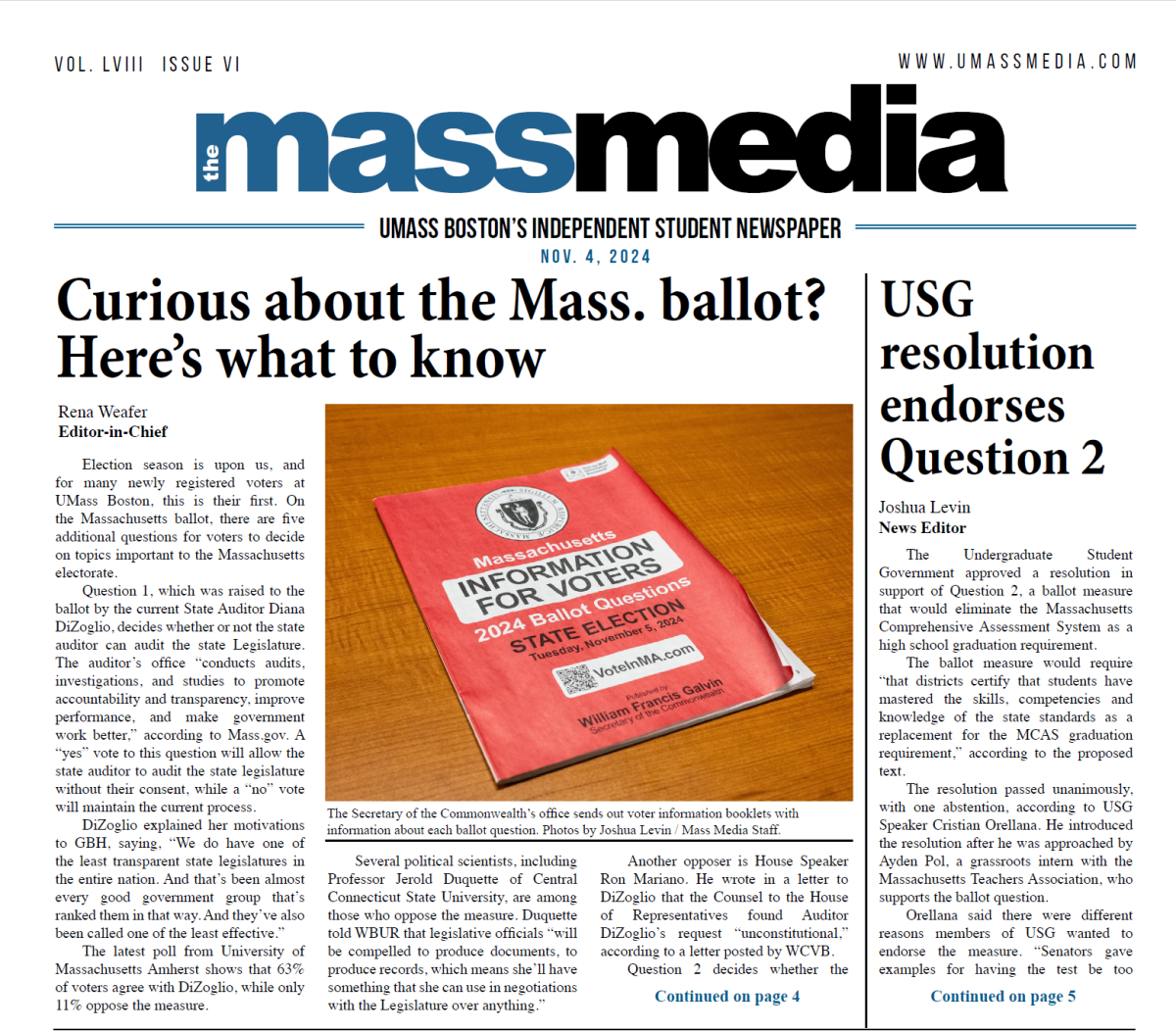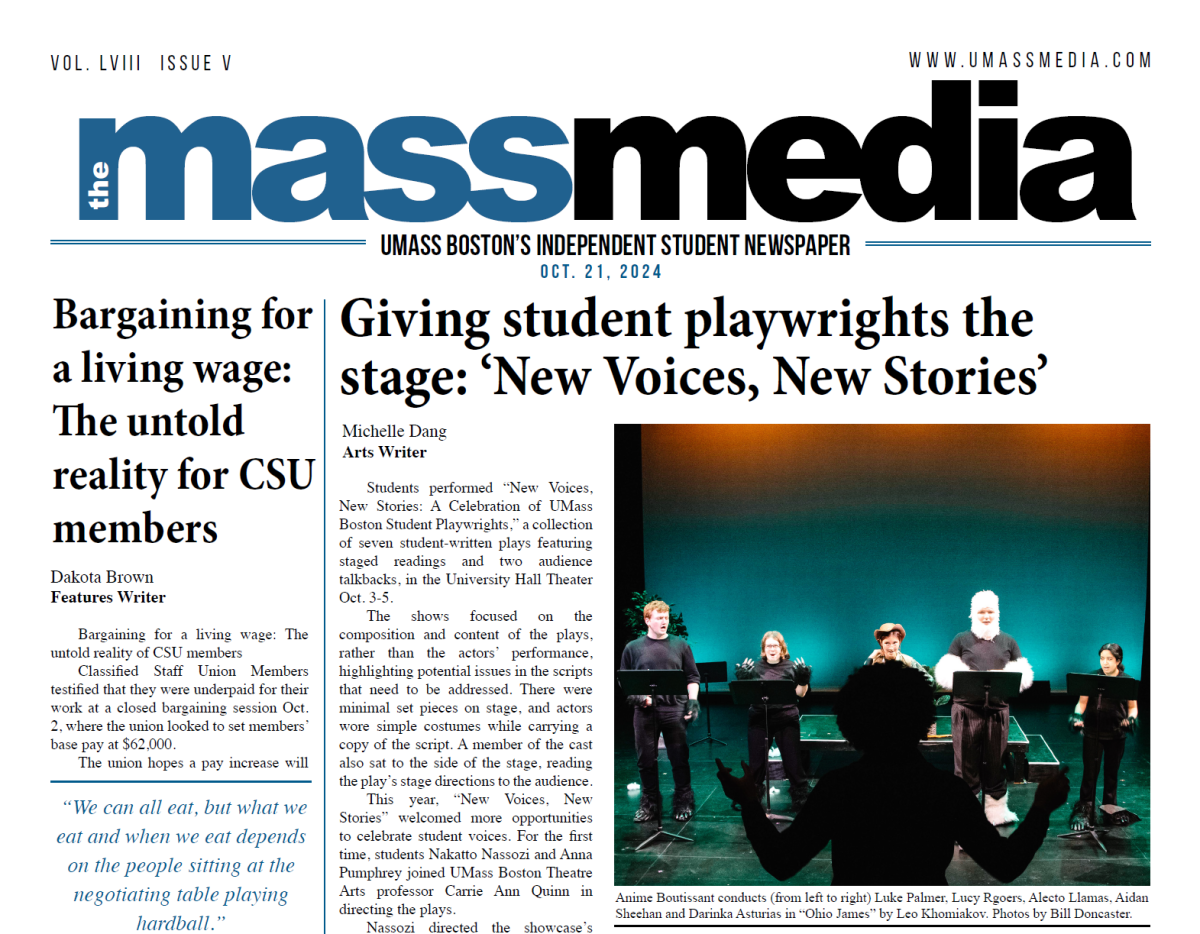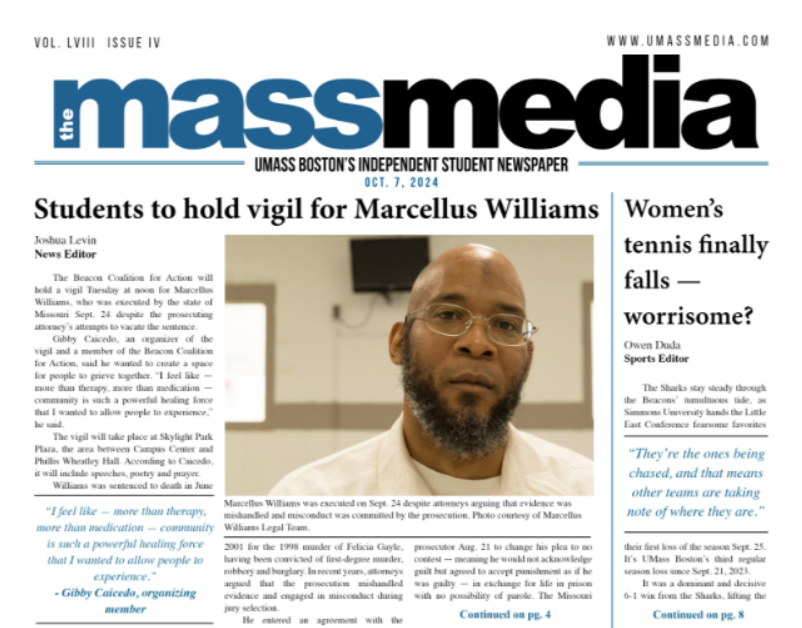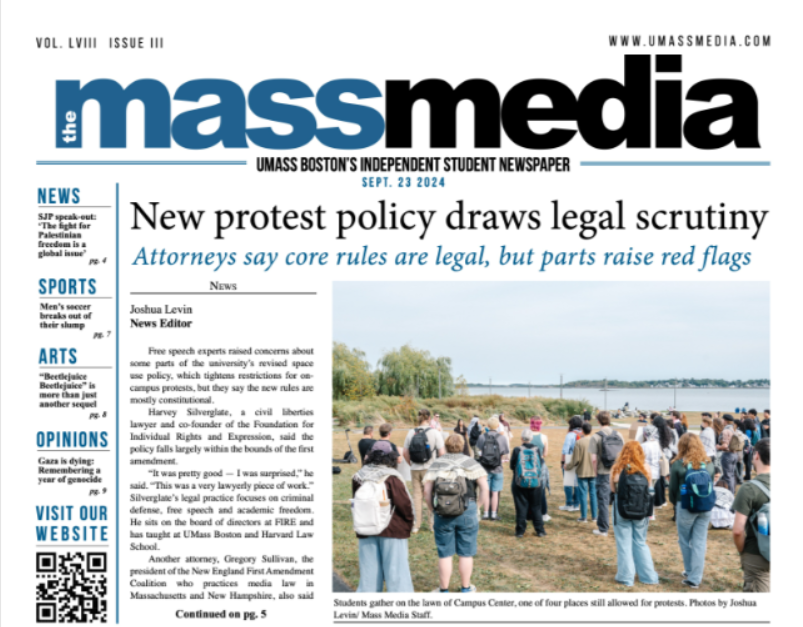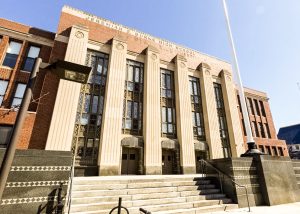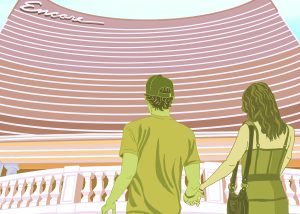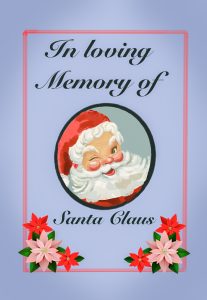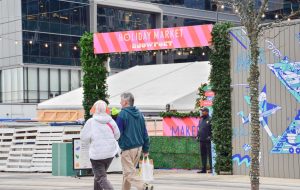Shared Experiences of Distinct Identities
April 26, 2009
“Bueno! Bueno? Bueno? Is there a Mr. or Ms. Bueno in the room?” my elementary school teacher yells as she runs through the roster of names for the year. I wave my arm frantically back and forth worried, more so, about being marked absent and not really realizing at that time, how this racialized interaction has been one of many. Upon reading “Edson Bueno” you may have ideas on how I “should” look. Stop for a moment and think about it. What sort of association do you make with the name “Bueno?” Asian is probably not the first thing that comes to mind, unless you are somewhat aware of the Philippines’ history.
Classes in the Asian American Studies program have enhanced my understanding of identity and race. The “Multiracial Experiences” class has introduced ideas such as the construction of race and boundaries of racial identity. My classmates and I have shared experiences despite having distinct identities. For example, Kathleen Moy, identifies as mixed Chinese American-Irish American and Brandon Albrizio identifies as a transnational Korean adoptee whose parents are European-Italian-American. The Culture and Diversity section will have a series of three articles that will share our experiences dealing with race identities, race boundaries and the accepted meaning of race.
Experiences
“Where are you from?” This was the most perplexing question to me, the first time I tried to answer it. For some, this question answers the identity of race, nationality, culture, and ethnicity. My experience stretches from three countries, with distinct cultures and distinct meanings of race- the Philippines, Canada and the United States. Until recently, my experience of the meaning of race in the Philippines was limited to Filipino communities but specifically to my family. For instance, this past spring I had the opportunity to visit the Philippines and experience an environment from a privileged space.
From my experience in the Philippines lighter skin and a “strong” nose bridge define beauty. Race is not as important as one’s skin color or nose shape. During the trip my partner and I were welcomed by a small elementary school in a village on top of a site called 3003 steps. Exploring the school, we were invited into a classroom in session. After greeting us, the teacher commented on how beautiful we were because we had long noses and especially how beautiful my partner is because her skin is much lighter. By not saying anything, we would have maintained the meaning of beauty- light skin and a “strong” nose bridge. We made it a point to make the definition inclusive by saying that we were all beautiful no matter what our skin color or facial structure is.
Filipino?
Experiences of most Filipinos are distinctive to that of all other Asians because of their historical colonial heritage. For instance, the Philippines was the only Asian country colonized by Spain. It was a Spanish colony for just under 400 years, a territory of the United States for several decades and occupied briefly by Japan during WWII. The islands were also used as a trading hub for the Chinese and Arabs prior to the Spanish claim of discovery.
Food, language, religion and customs define my Filipino identity. Catholicism is the dominant religion brought by Spaniards and missionaries. To this day my father will call me on Sundays to find out if I attended mass. “I’m studying for…” is my usual response. My first language is Visyan, despite spending the majority of my life in Canada and the US. Claiming a Filipino identity, to me, means having multiple cultural influences and mixed races.
Canadian?
Growing up in Vancouver, Canada my personal experience with race was different and similar at the same time to that of the Philippines. In Canada, cultural knowledge was more salient than race. For example, this was emphasized by my fourth grade teacher, an American woman who moved to Vancouver, who assigned a cultural project that allowed students to share their cultures and national identities. As a result of the project students also revealed their understanding of the concept of race. This was the first time I brought about the conversation of race and culture with my parents.
My parents explained my background identity as culturally Filipino, by birth American, an immigrant to Canada, whose grandparents in the Philippines were Spanish and Chinese. Upon presenting our class projects, each student learned about each other’s cultures. Those who were mono racial and monoculture learned about those who were mixed culturally and racially. Others shared mixed identities similar to mine, like a classmate from Jamaica who was mixed Black, Filipino, and European or another classmate who identified as culturally Canadian whose parents were English-Japanese. The project helped me understand that depending on how one asked the question determined how one made a statement. After the class project, it was not a tongue twister to answer the problem with answering the question, “where are you from?”
Boundaries
Completing my fourth grade cultural project brought clarity to my identity, however high school brought about more ambiguity. It was at this point that I experienced the “boundaries” of identity. Heather Dalmage’s article “Patrolling Racial Borders” explains, “Those people with a collective way of knowing are generally considered our in-group… On all sides, border patrollers [those who create and maintain the meaning of race], or race police, believe the color lines [are] static and immutable, and thus they can distinguish between ‘us’ and ‘them’.”
In high school, if one identified with multiple cultural identities this became problematic. Being Asian meant that you recently came from Asia, spoke a primary language other than English and identified with only one ethnic culture and one nationality, which also defined your racial identity. A Canadian identity, in high school, meant having European descent or if you were of Asian descent, you had no cultural ties to Asia and your primary language was only English.
I recall asking a friend at the time, whose grandparents were from China, if he considered himself to be Chinese. He responded that he identified as Canadian but was racially Asian. At the time, he had no cultural connection to Chinese Canadians. When he posed the same question to me, I was tongue-tied once again. Identifying with just one culture meant the denial of another one to me. If I identified as Canadian, I would deny the Filipino cultural tradition that my parents instilled in me. To identify as Filipino, I would be categorized as “other” for it would not recognize my experience and acculturation with Canadian society. How do I identify with one identity if I am an American-born immigrant to Canada, with cultural influences from the Philippines?
UMass Boston
Attending university in Boston I regained the ability to identify myself. The turning point for me was taking Asian American Studies classes. A component I am learning from the “Multiracial Experience” class is the shared experiences of those whose identity does not fit in one of the categories. We have looked at how groups interact within a multiracial context, how these groups create meaning and, which group gains most from maintaining the hierarchy of categories. We learned about the structures that have systematically denied people equal opportunity to identify themselves.
In addition, I have also learned about the trend toward empowering people with identities that do not fit into just one box. Check One: Black, Asian, White, Latino…
In this three part series of articles, in the Culture and Diversity section, Brendon Albrizio, Kathleen Moy, and myself discuss challenges in identity.
How do you identify? Racially? Culturally?

